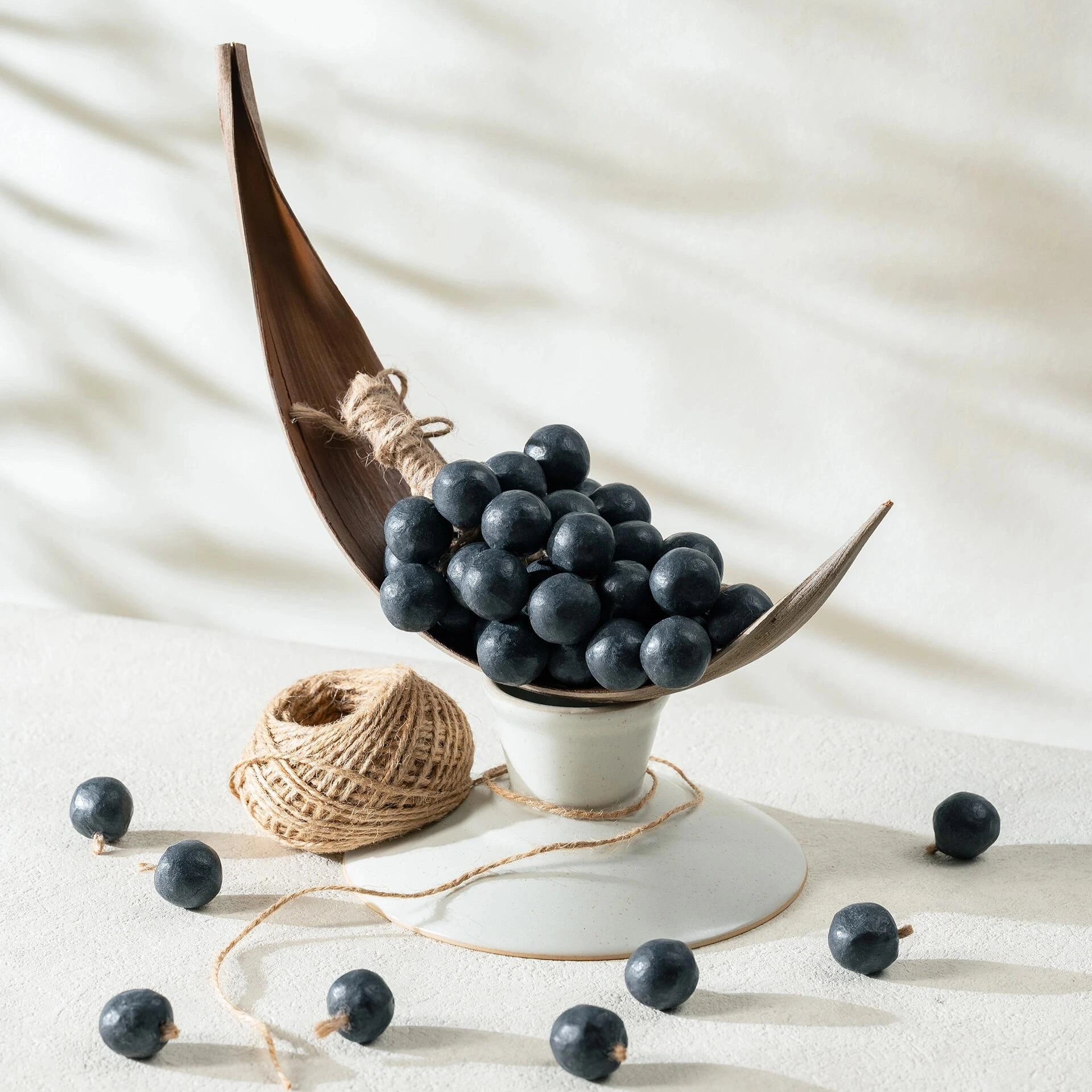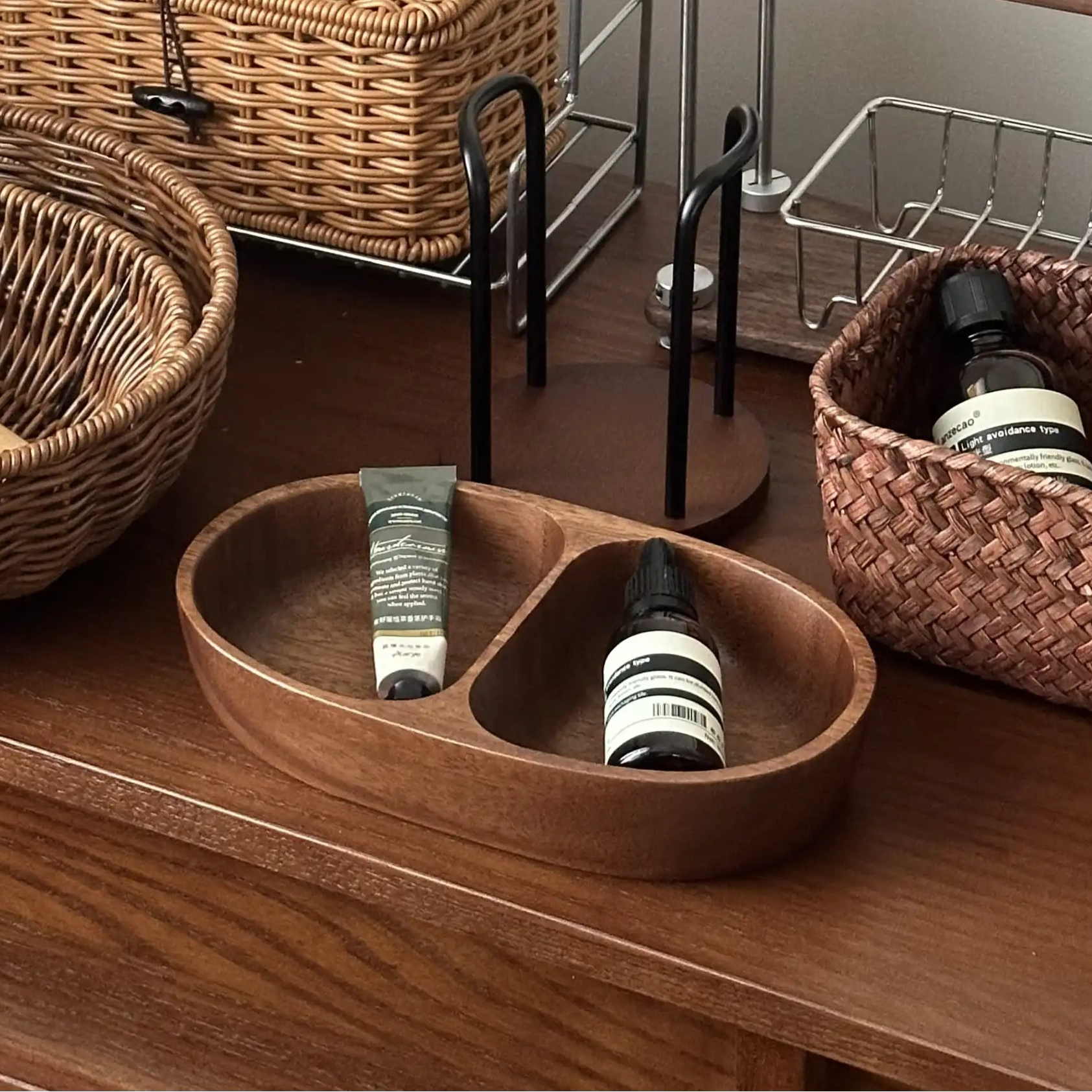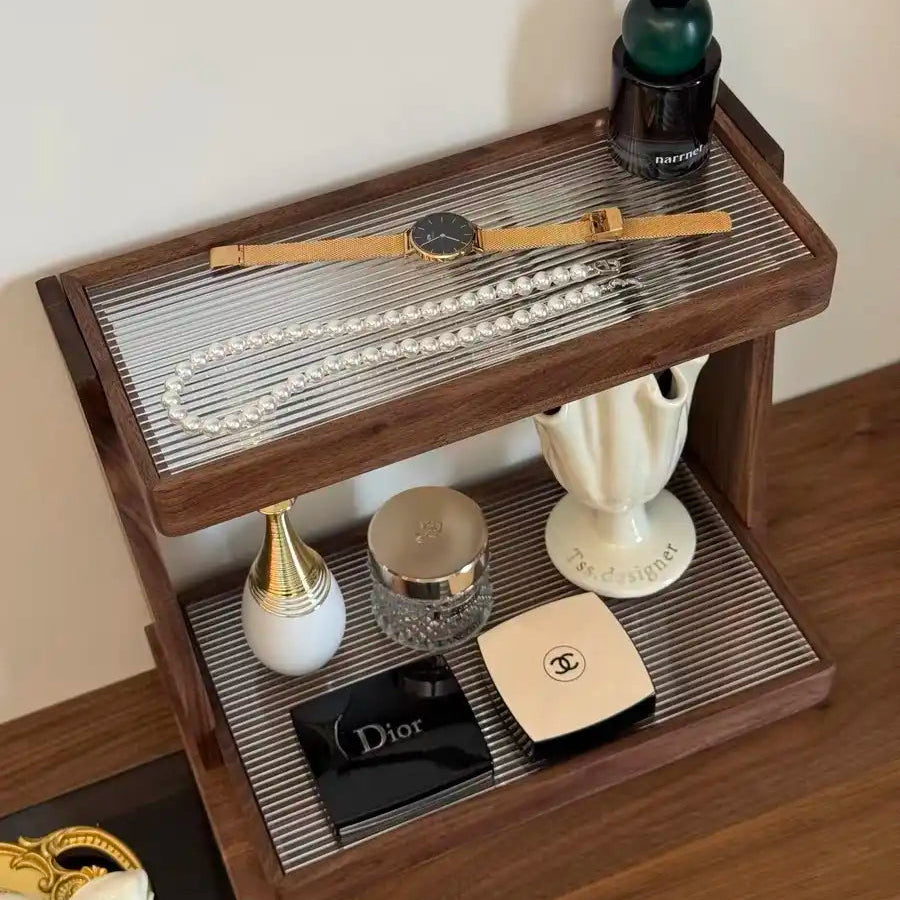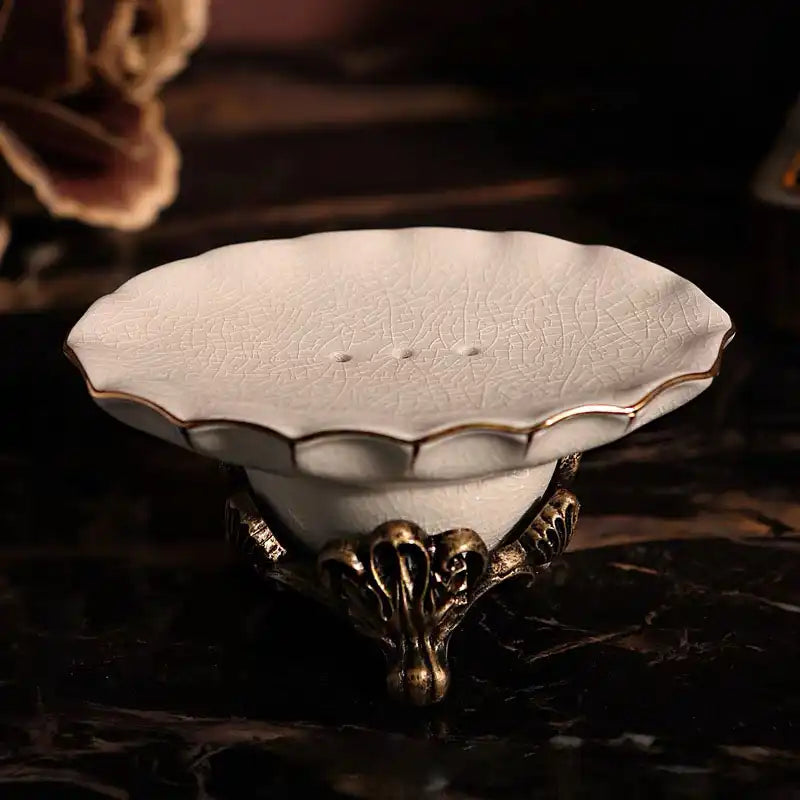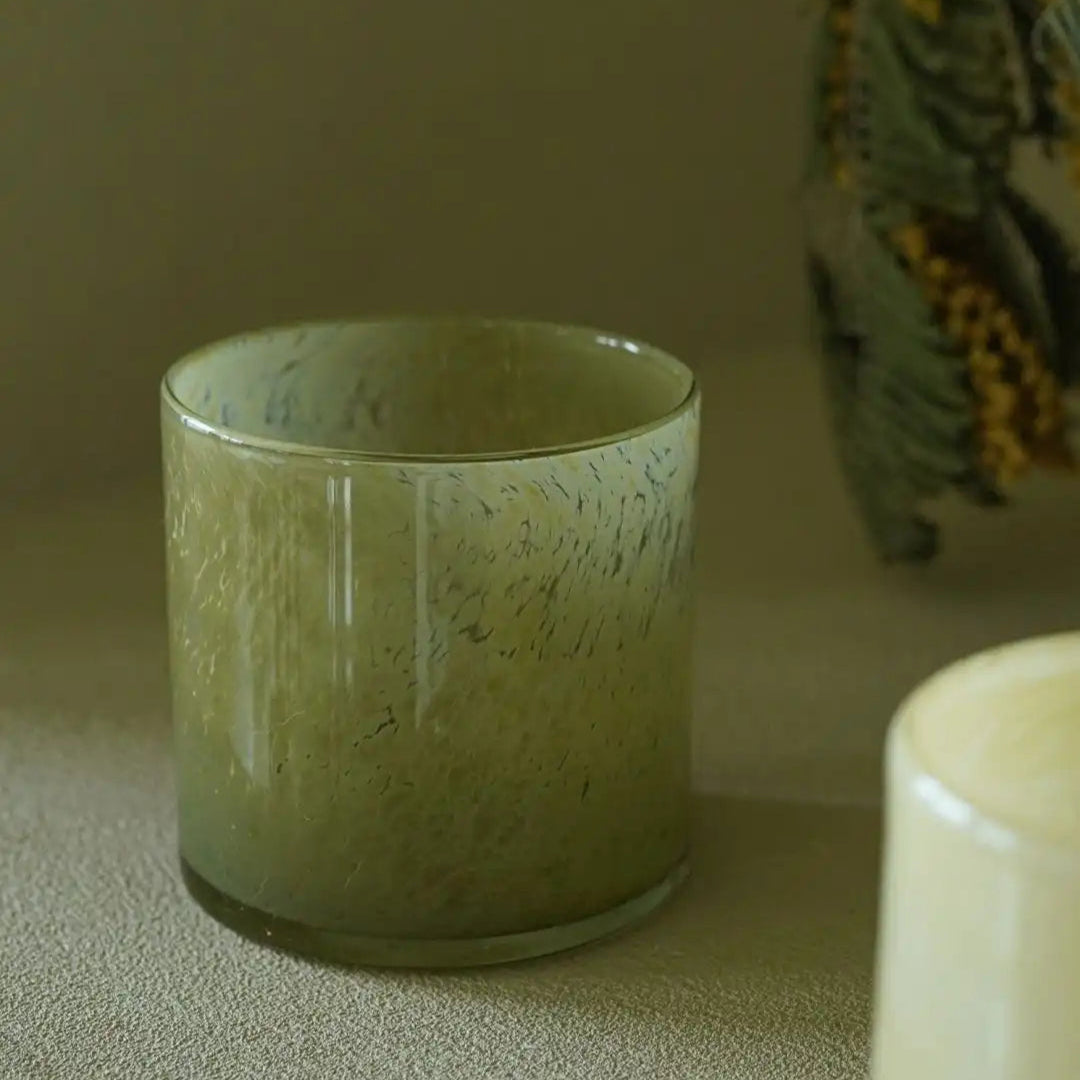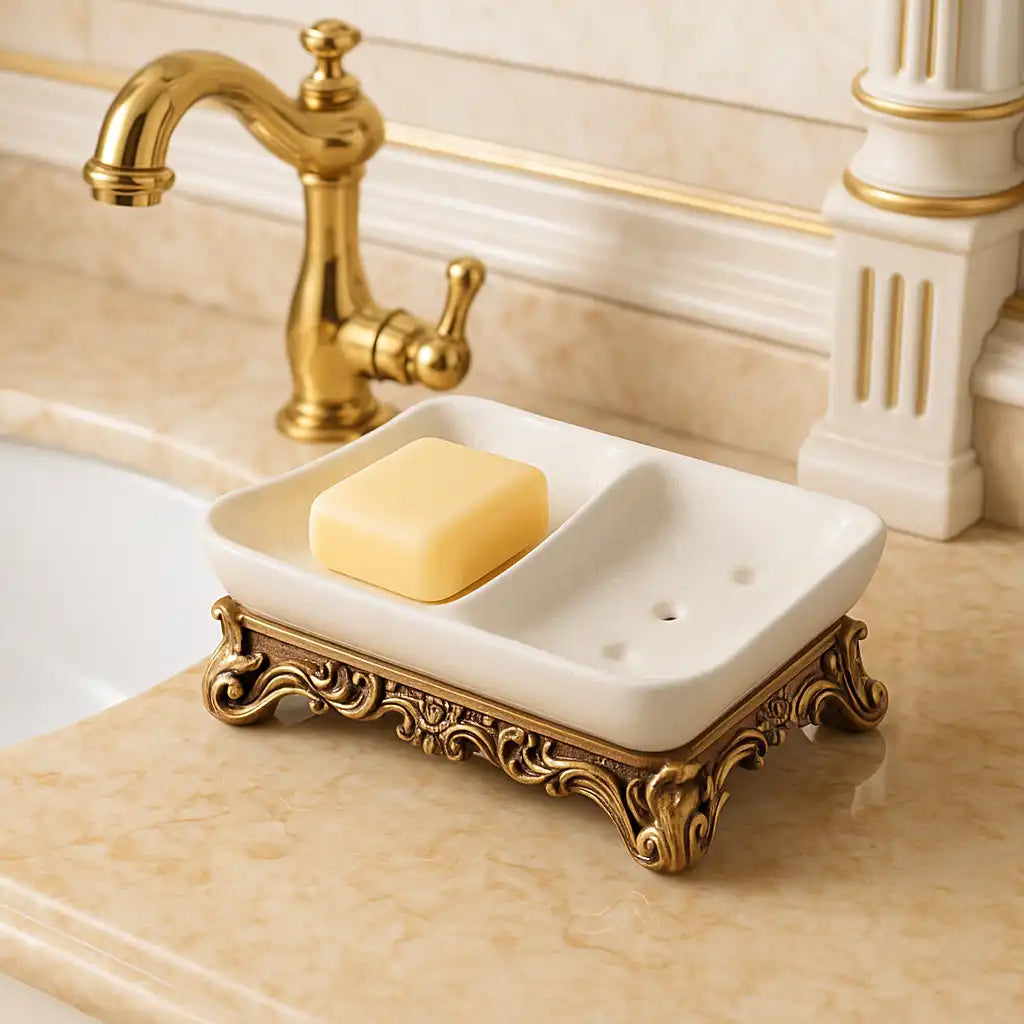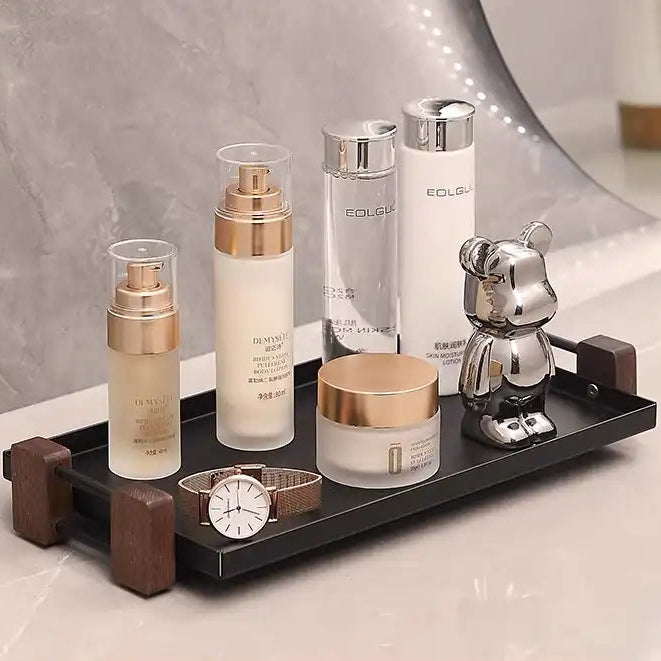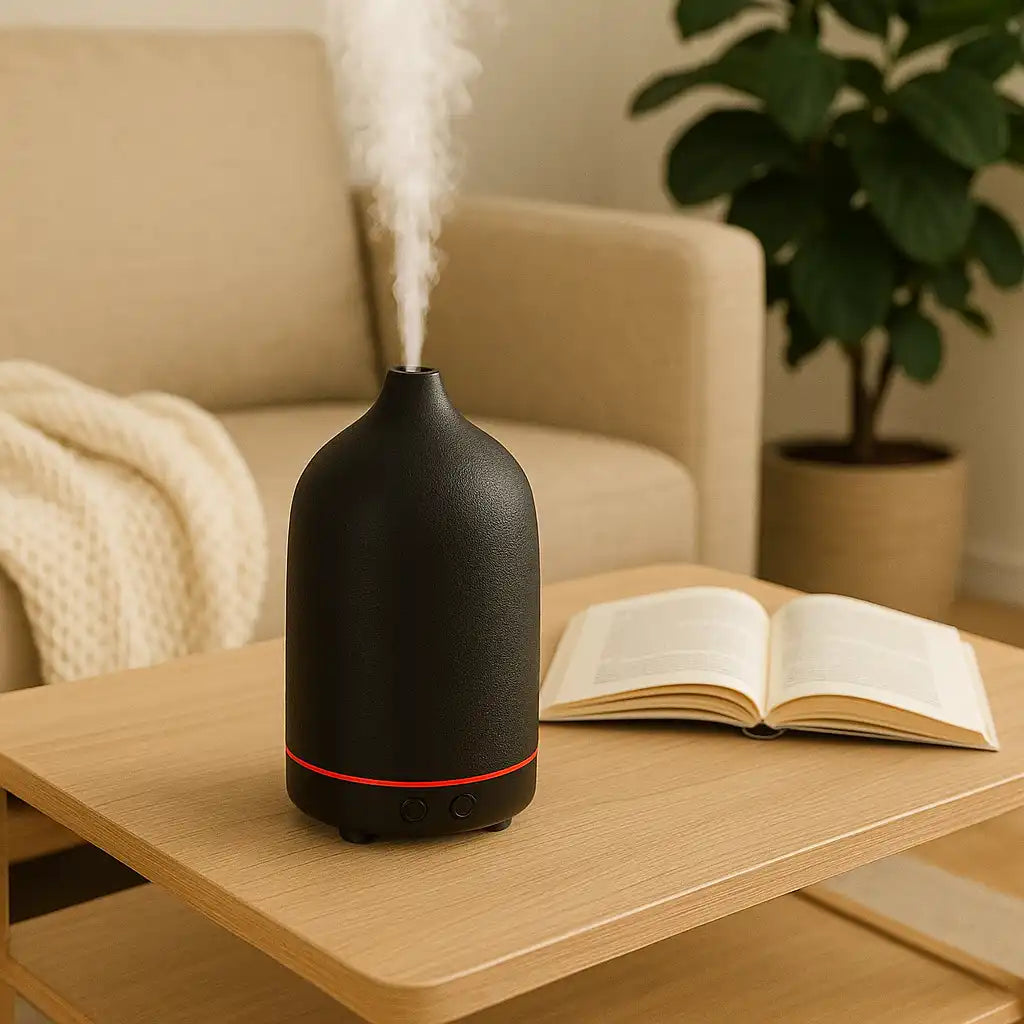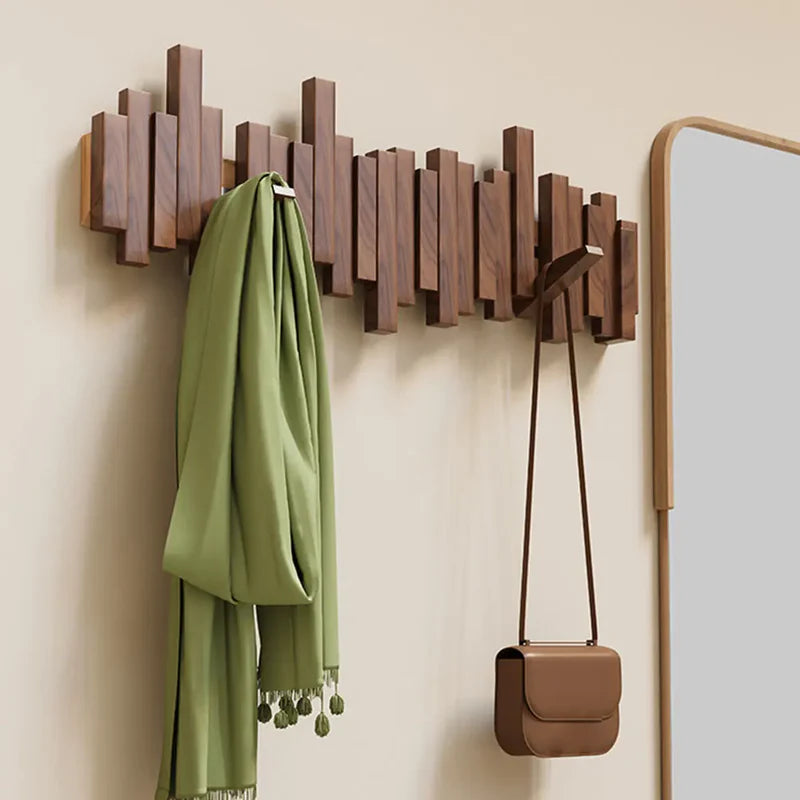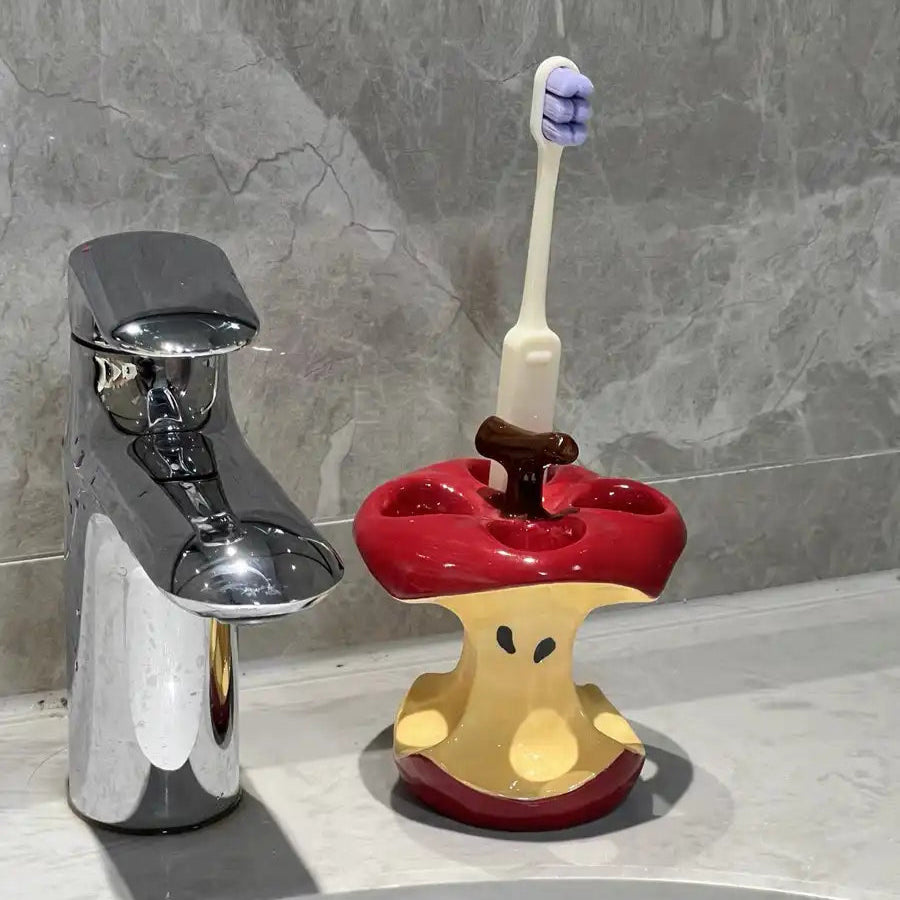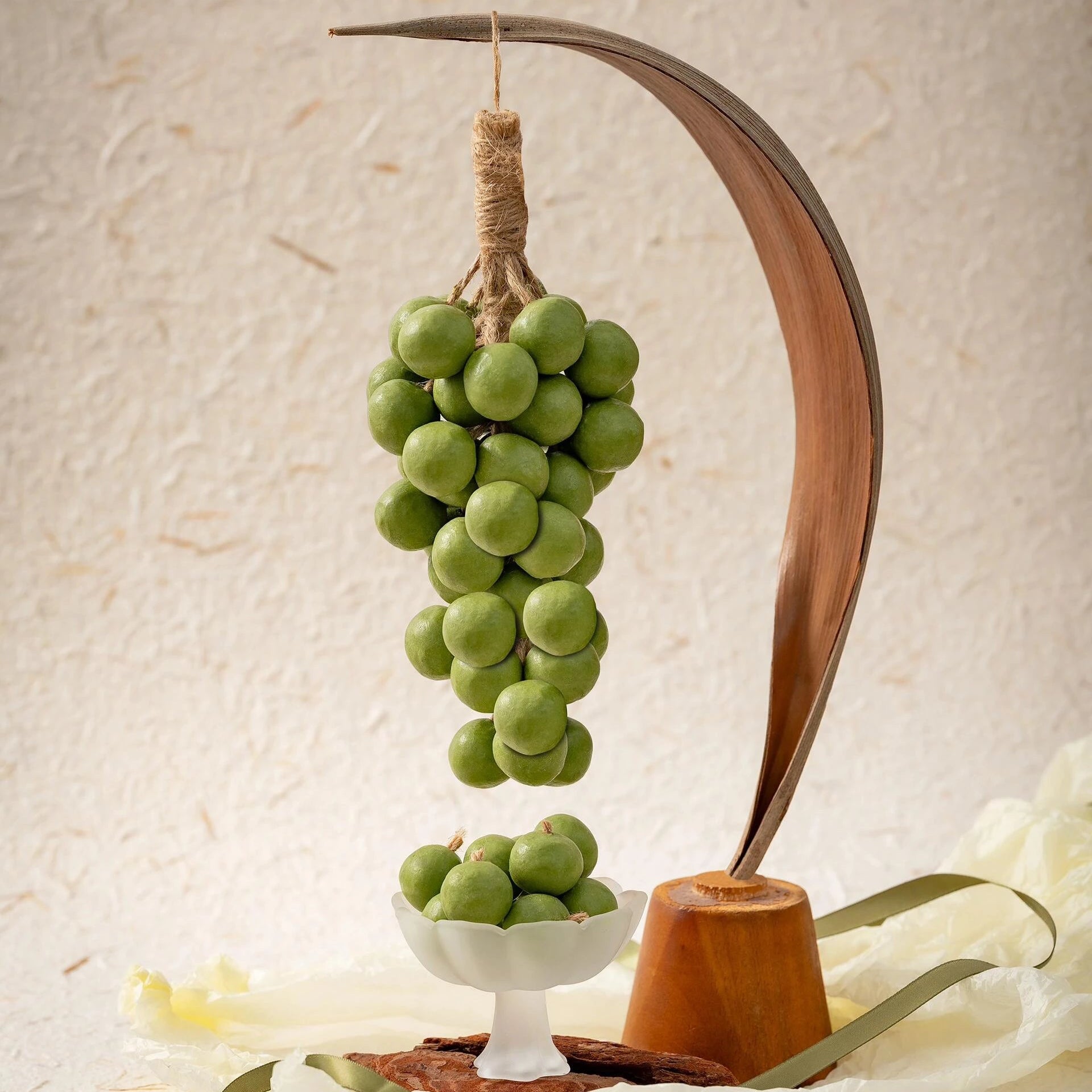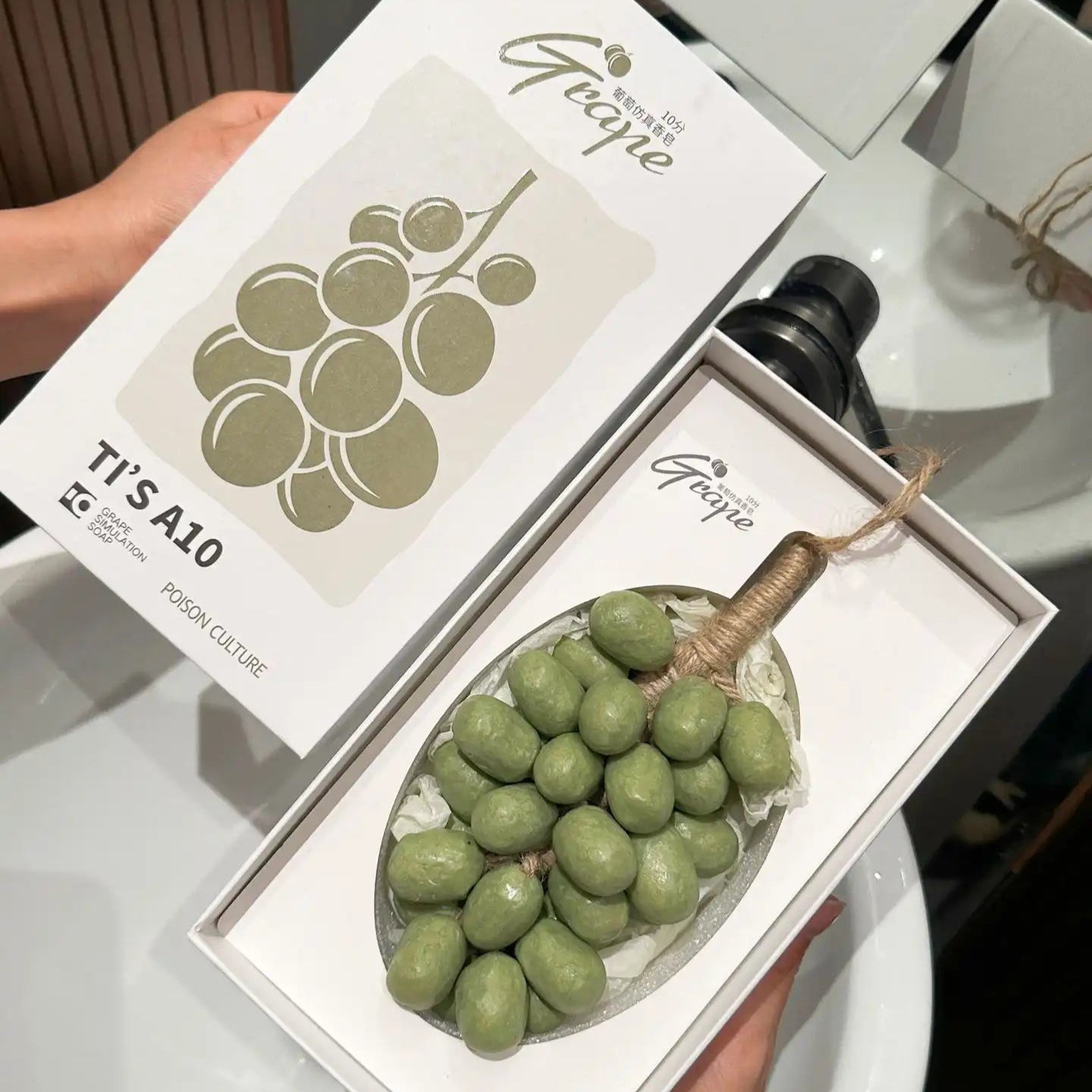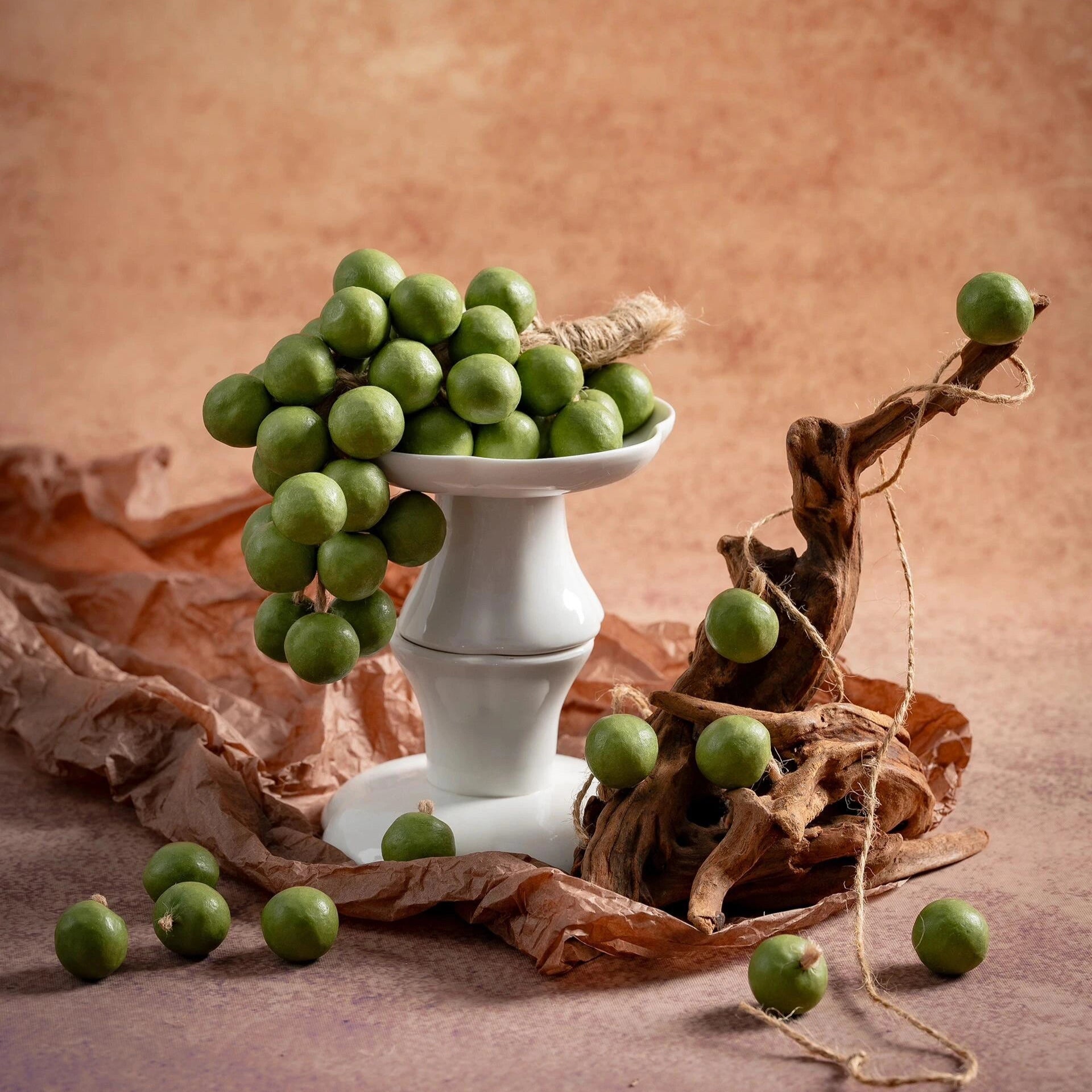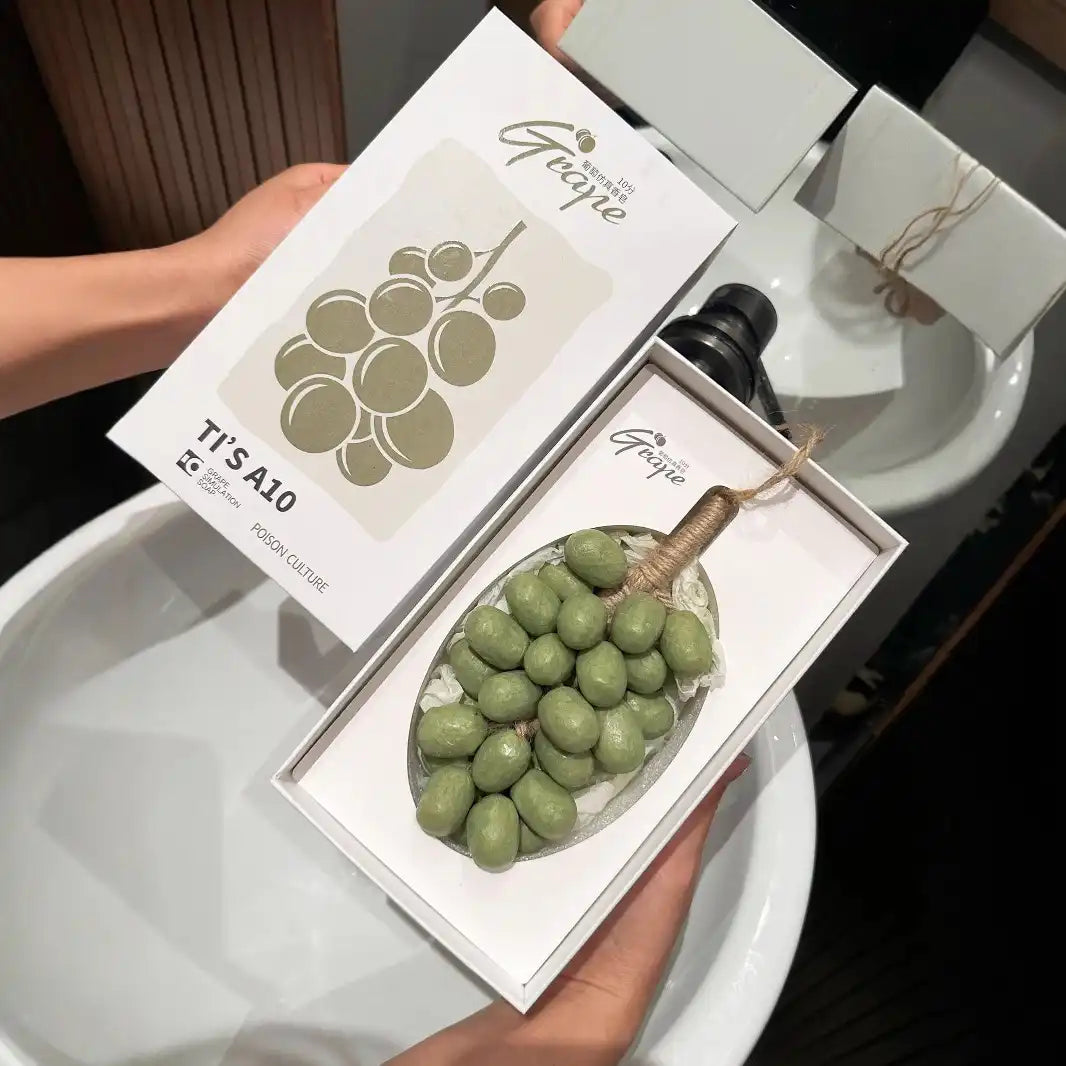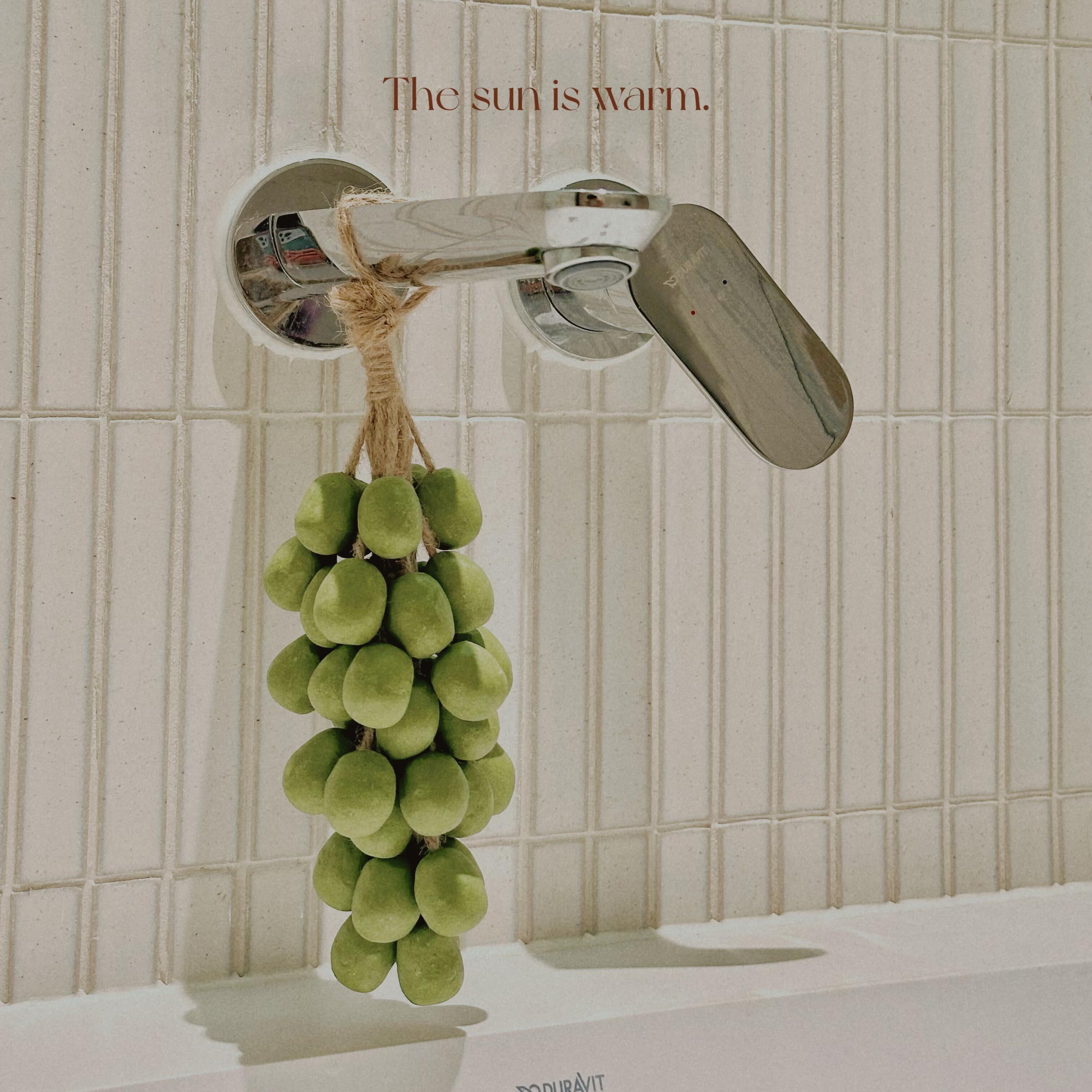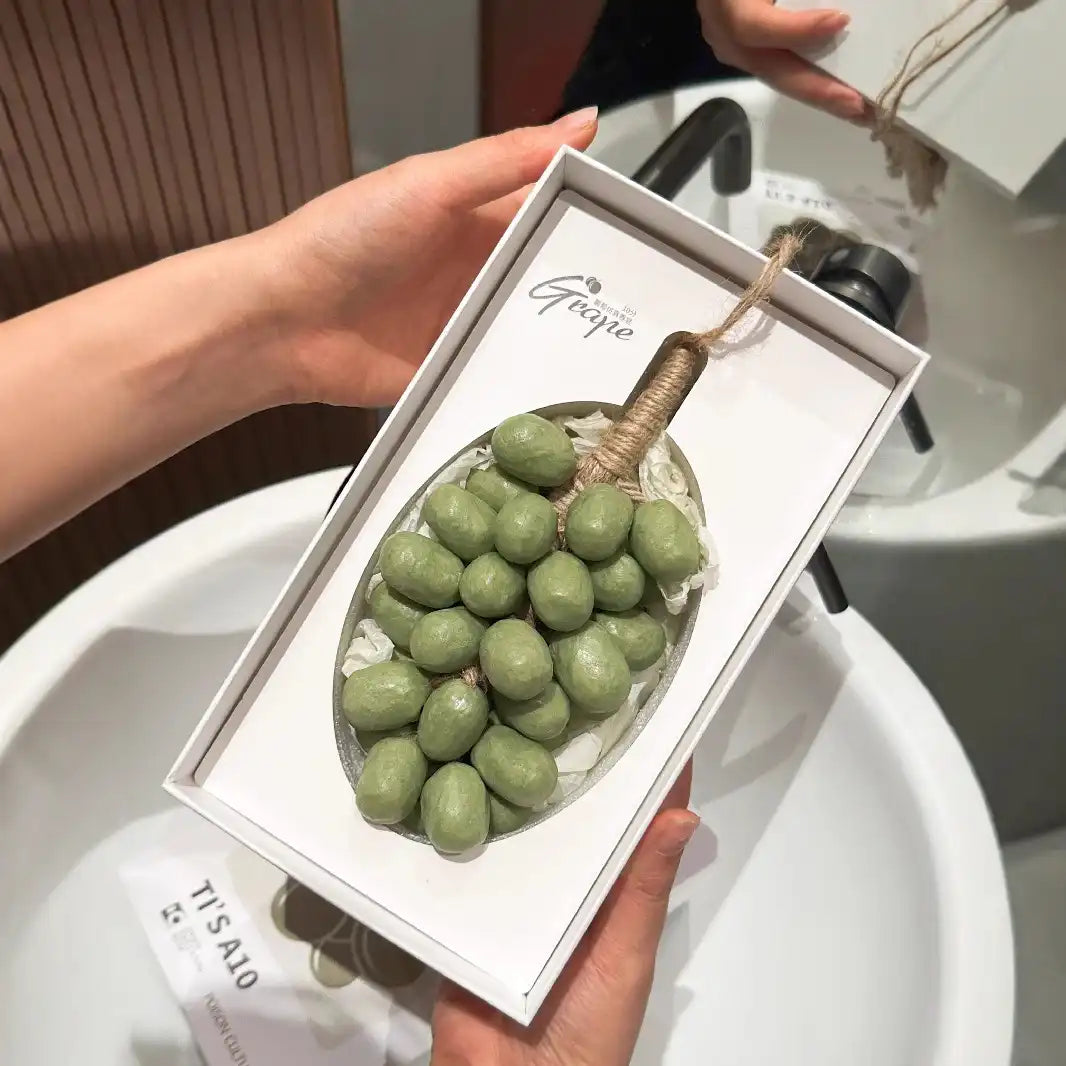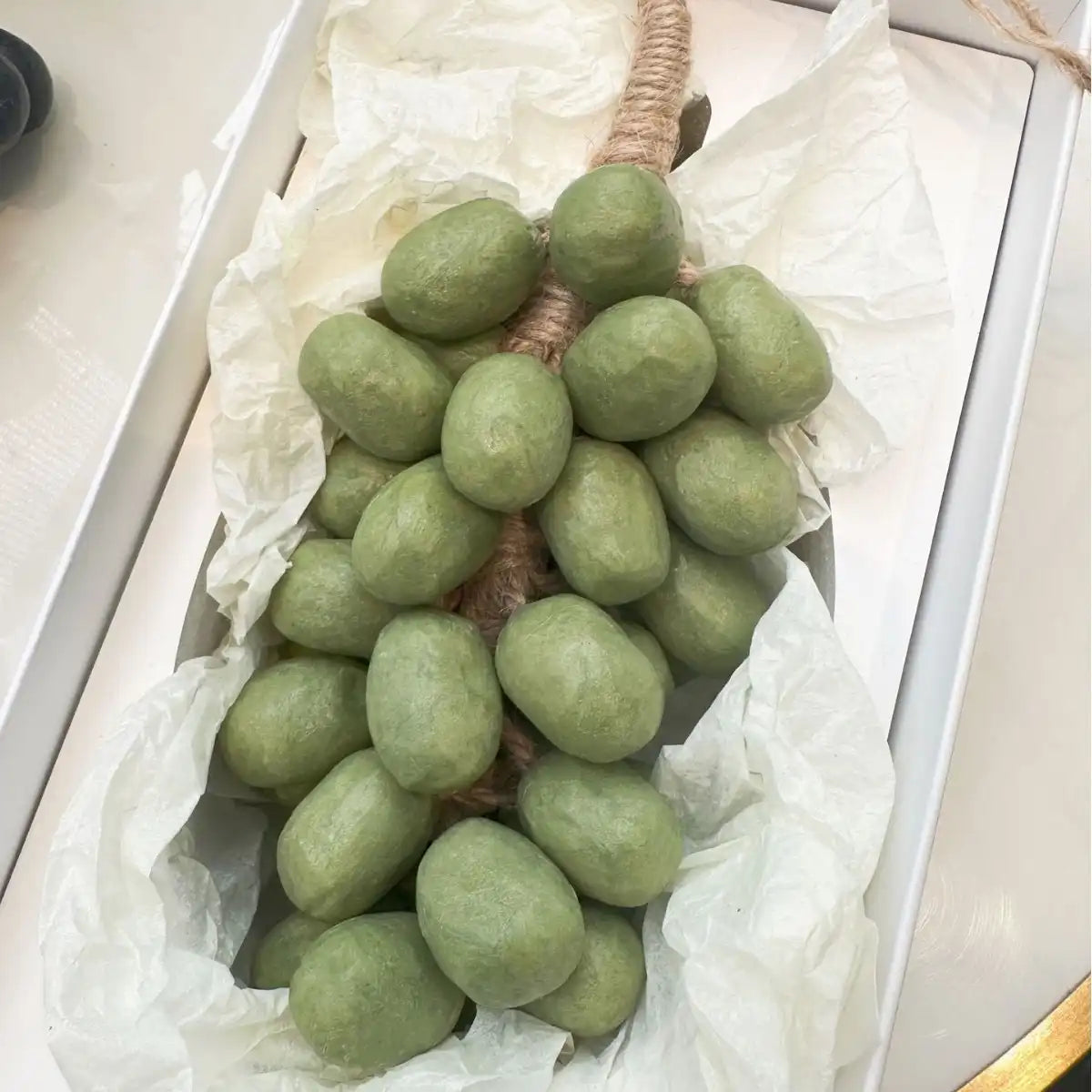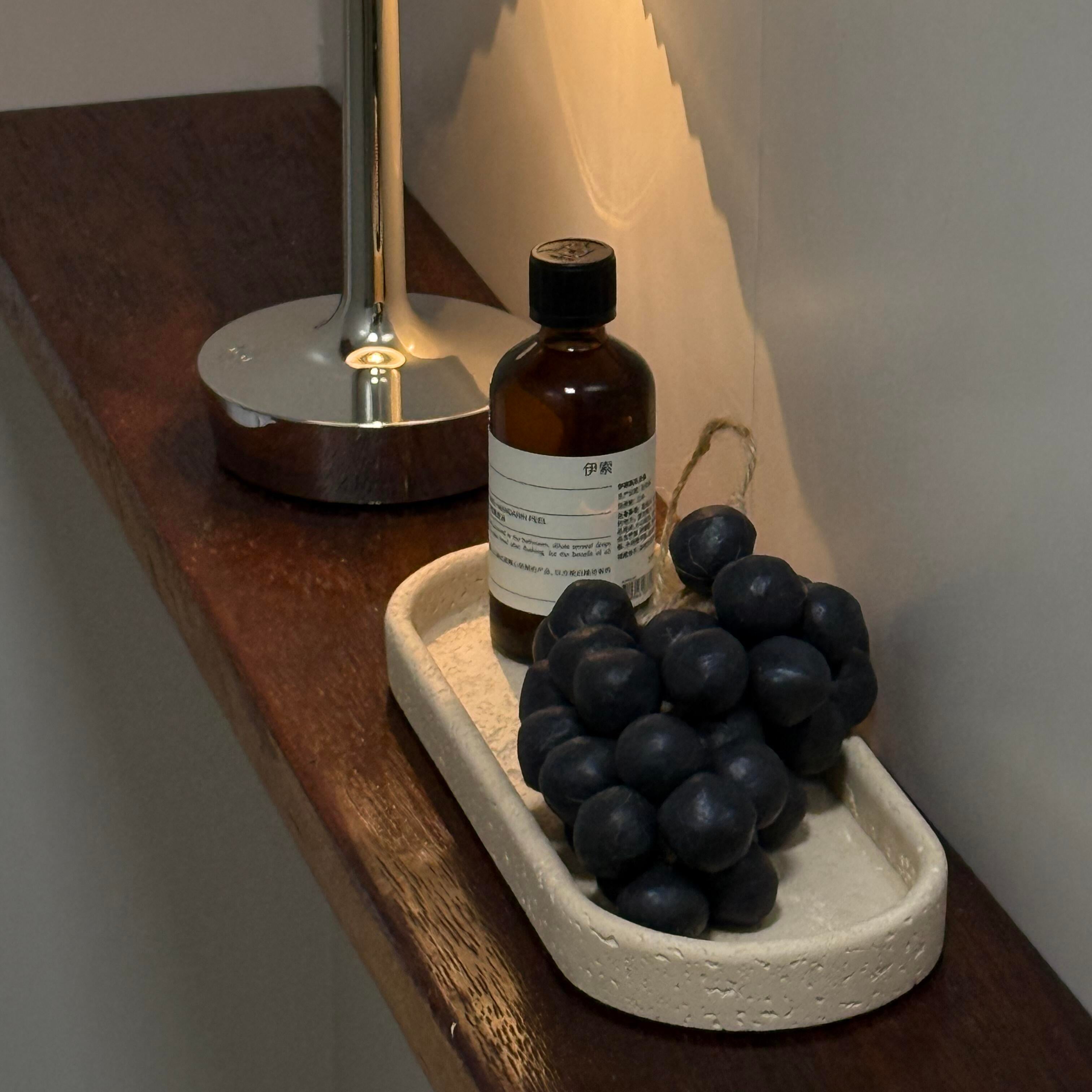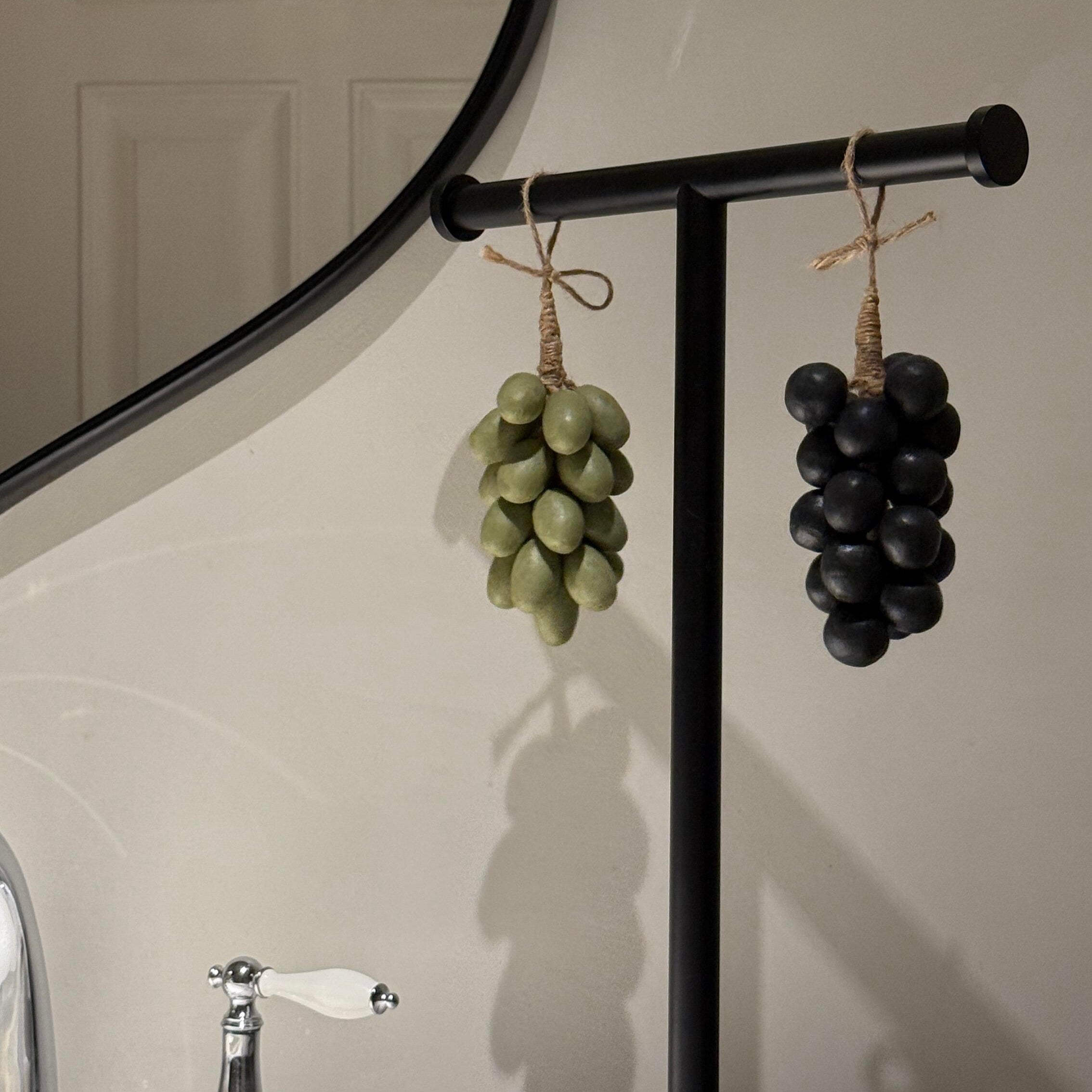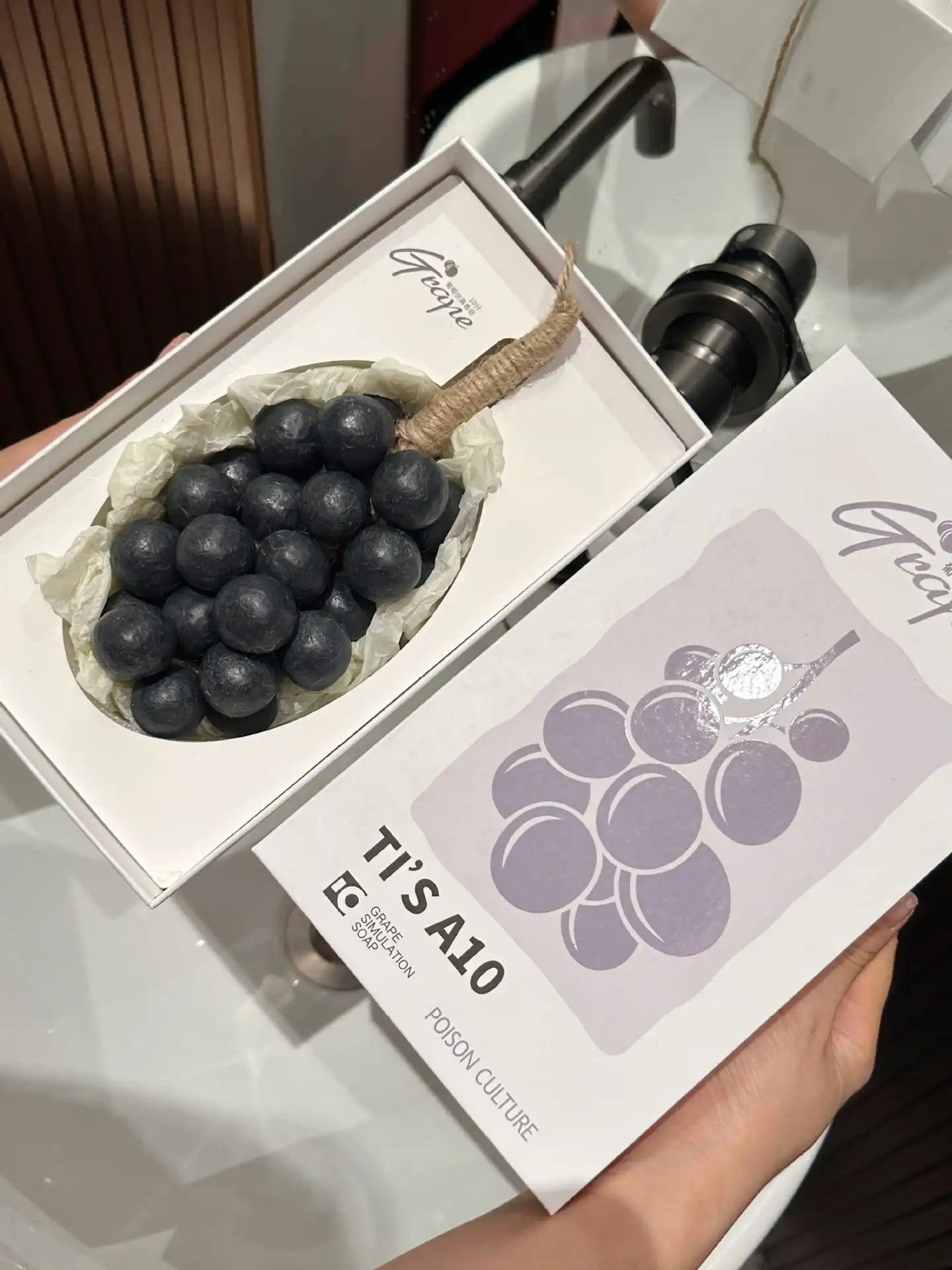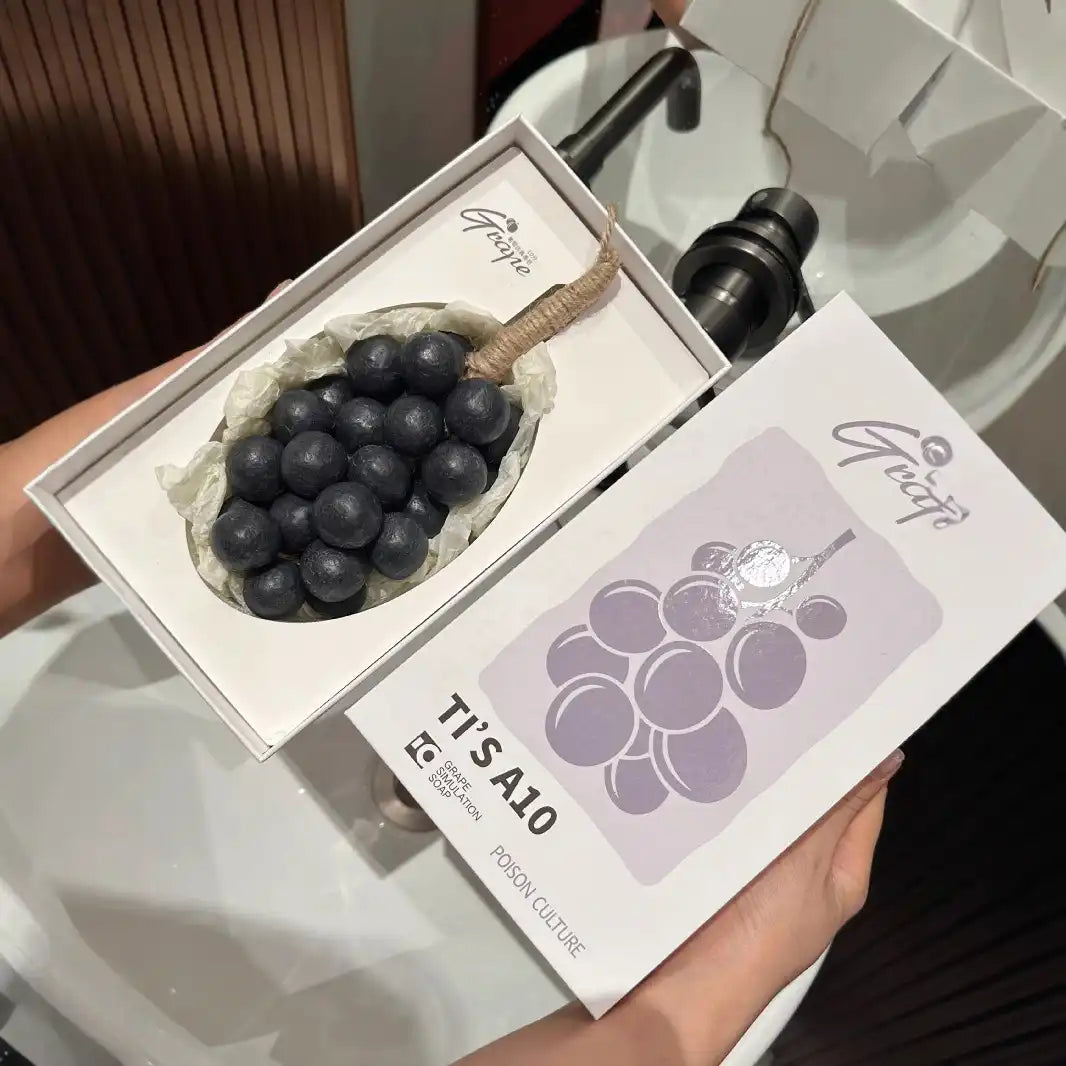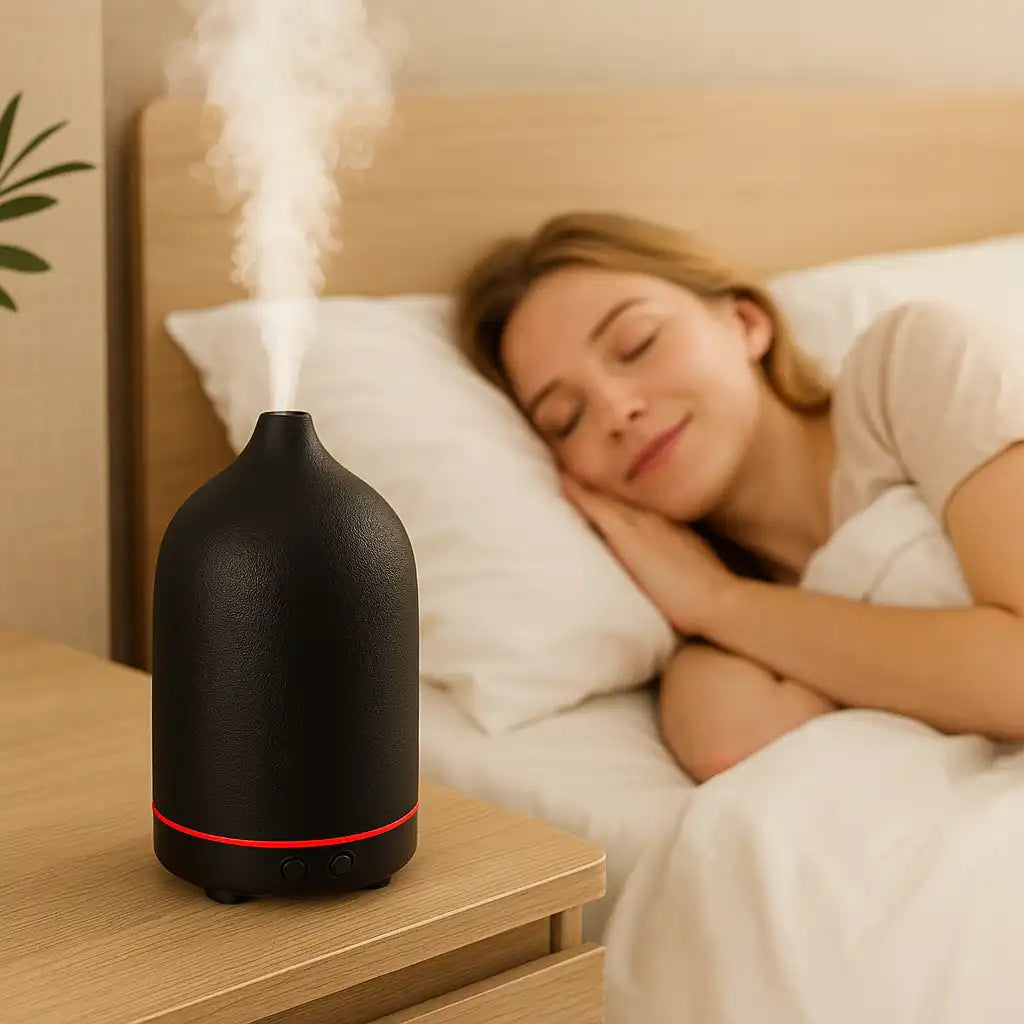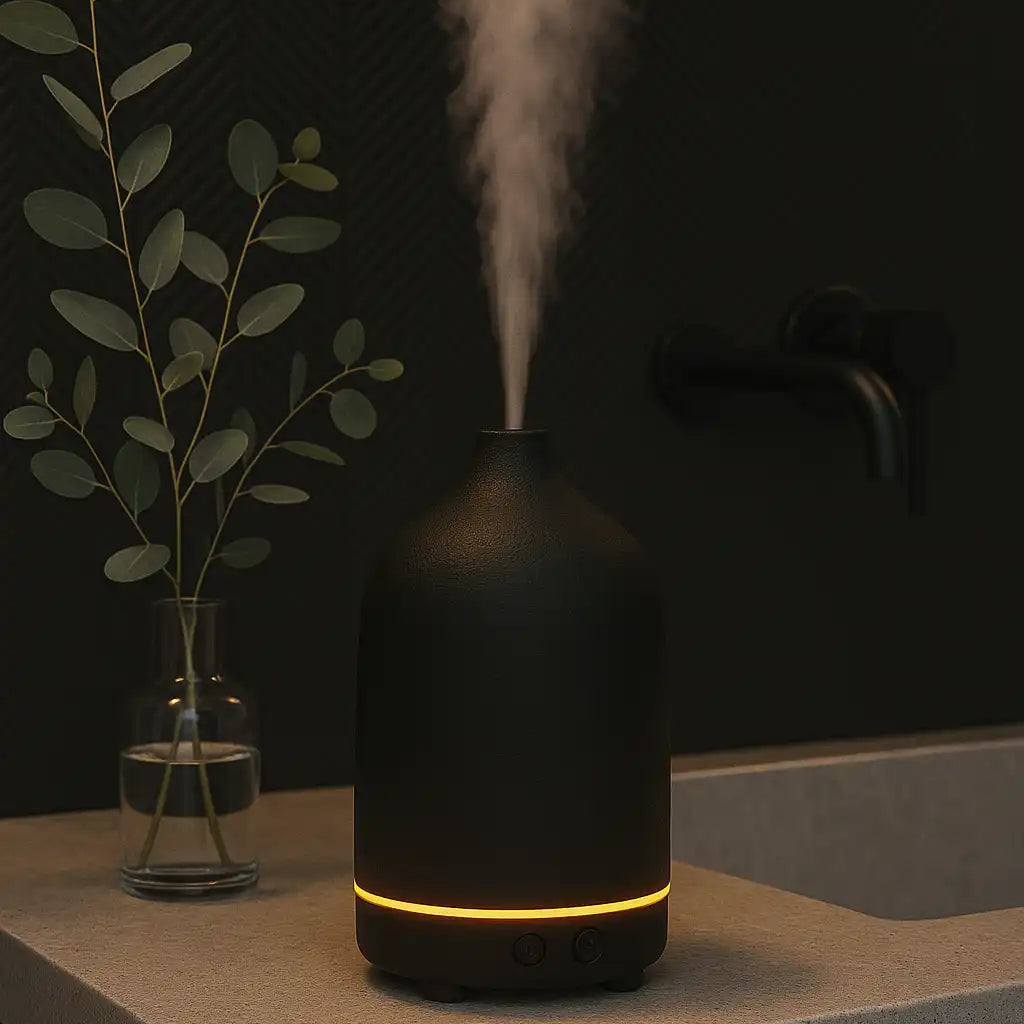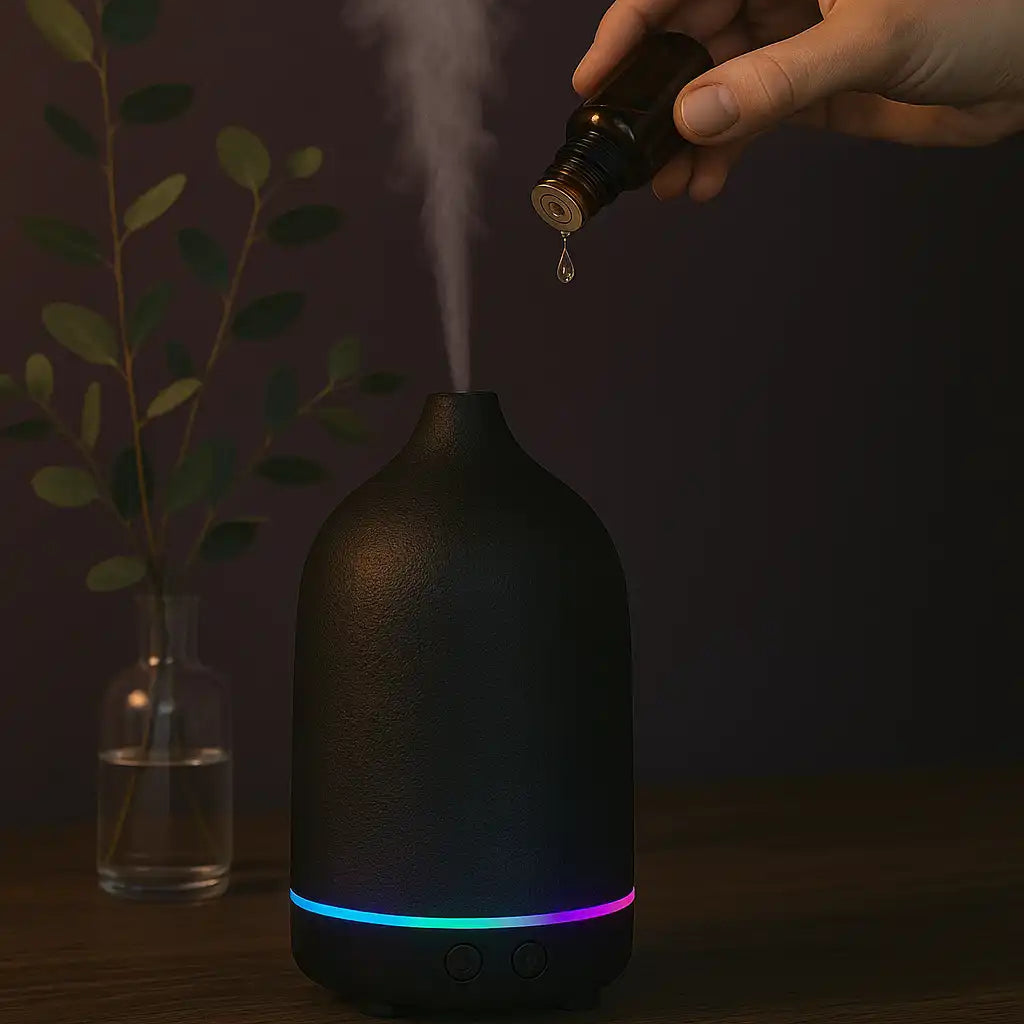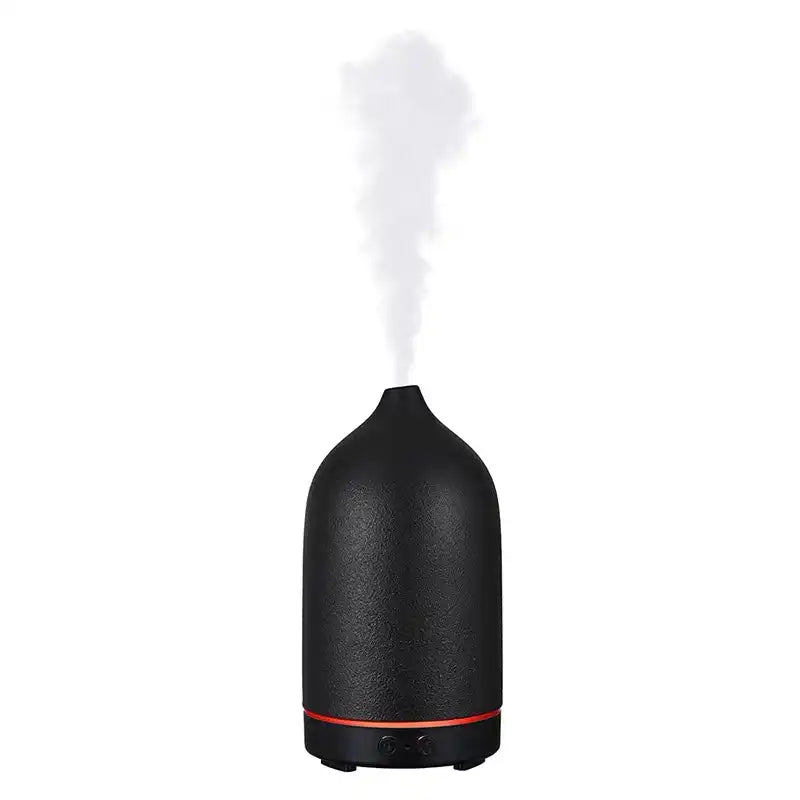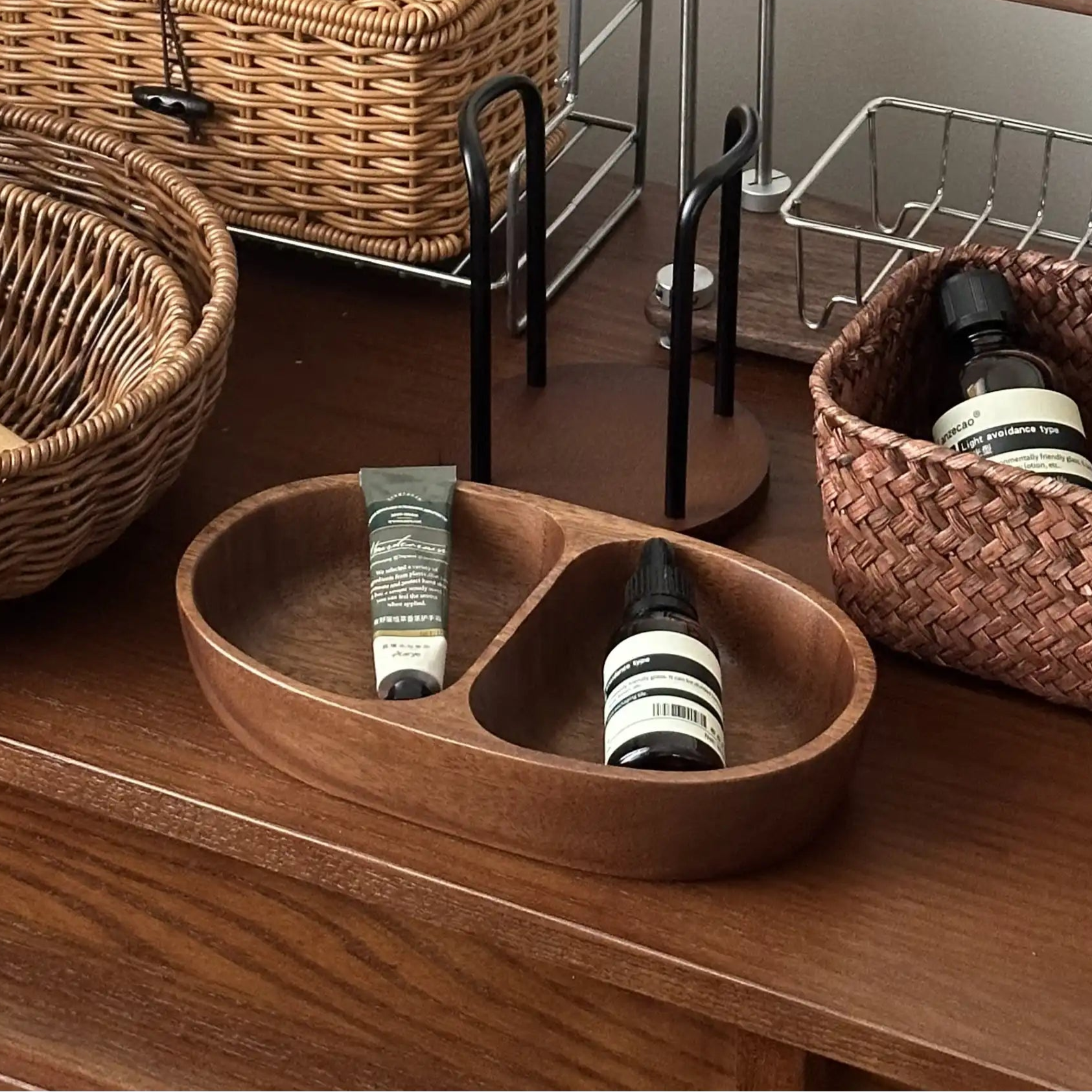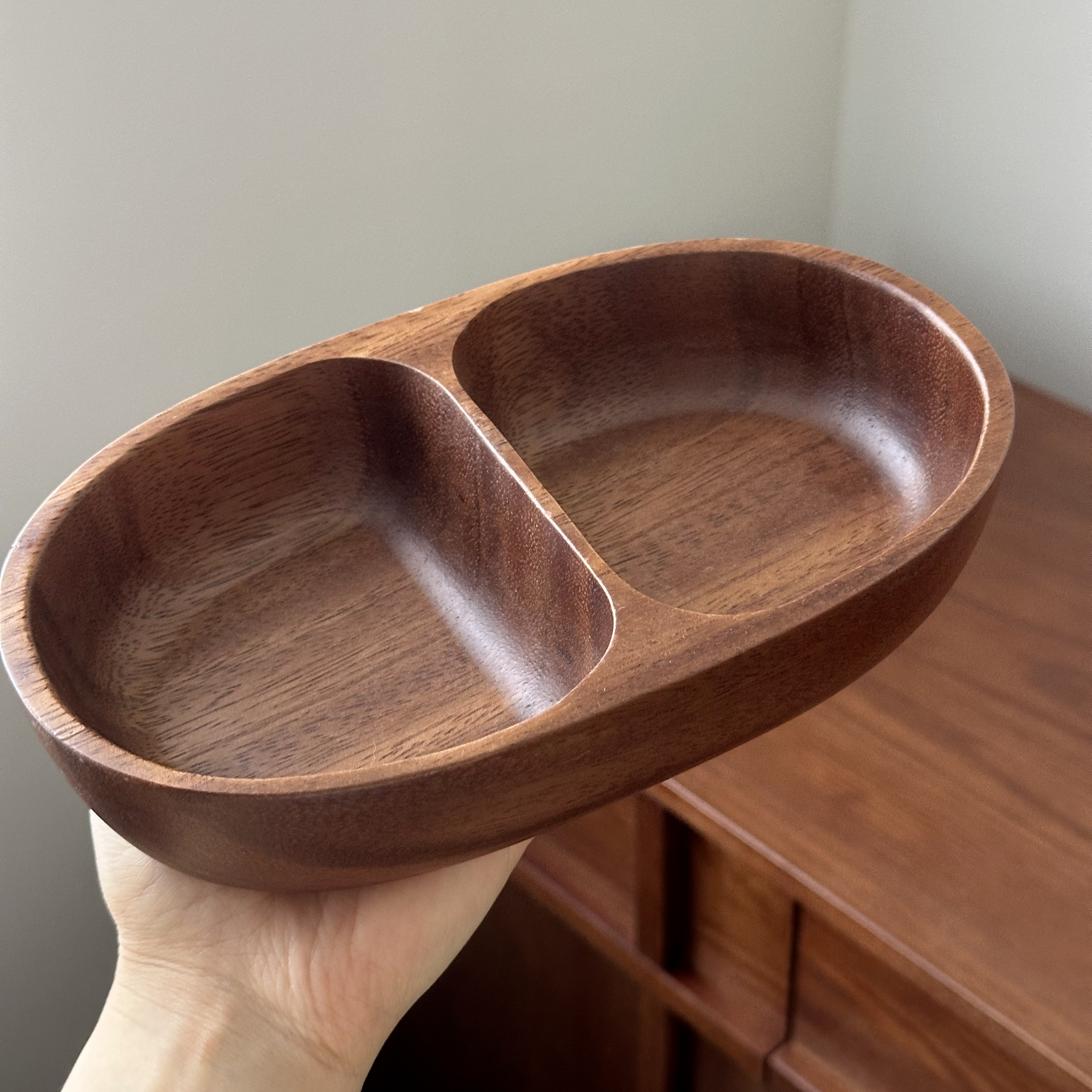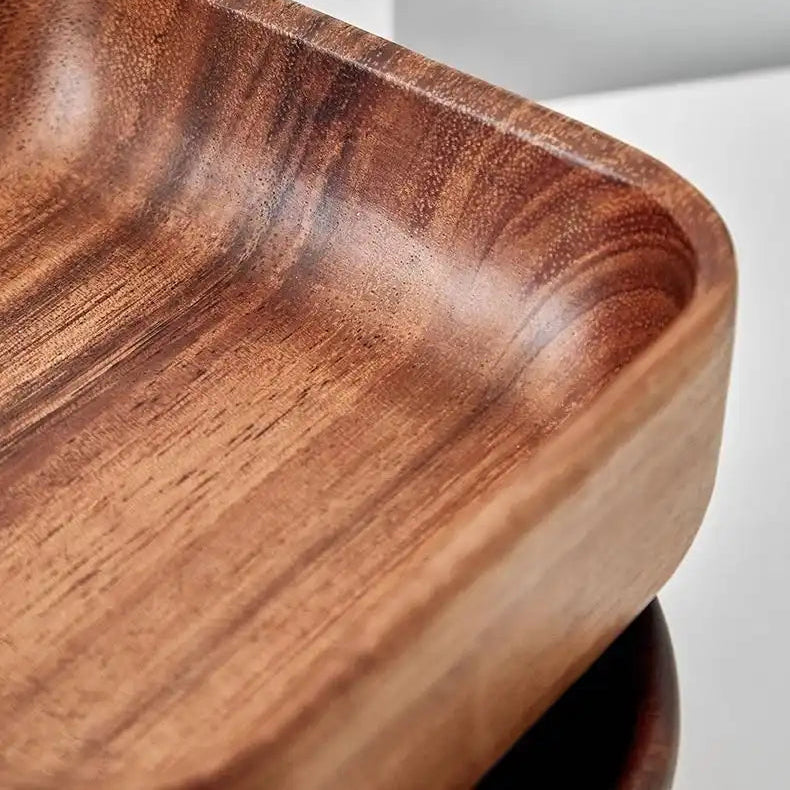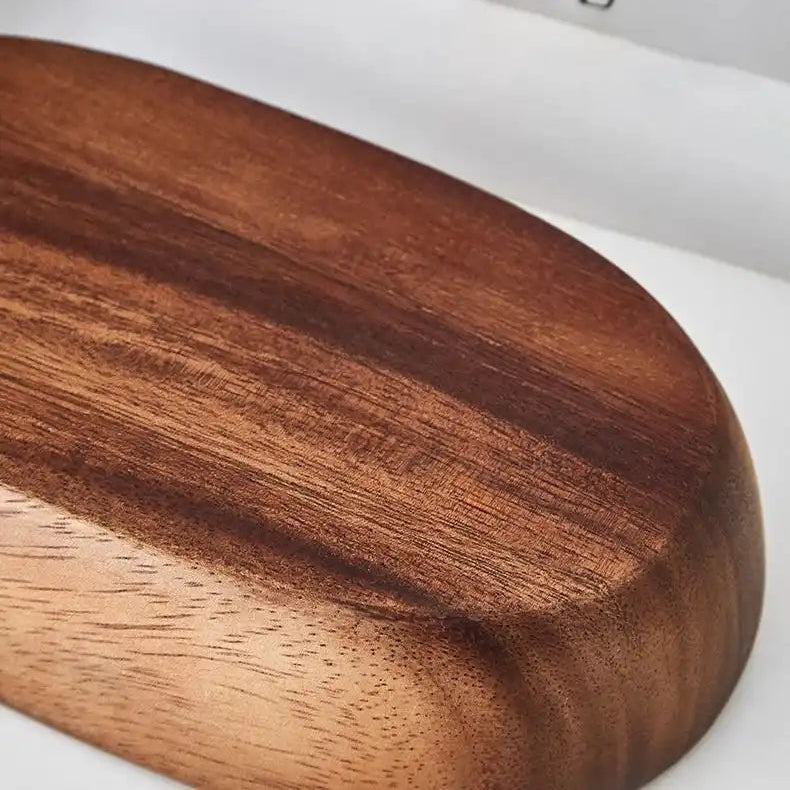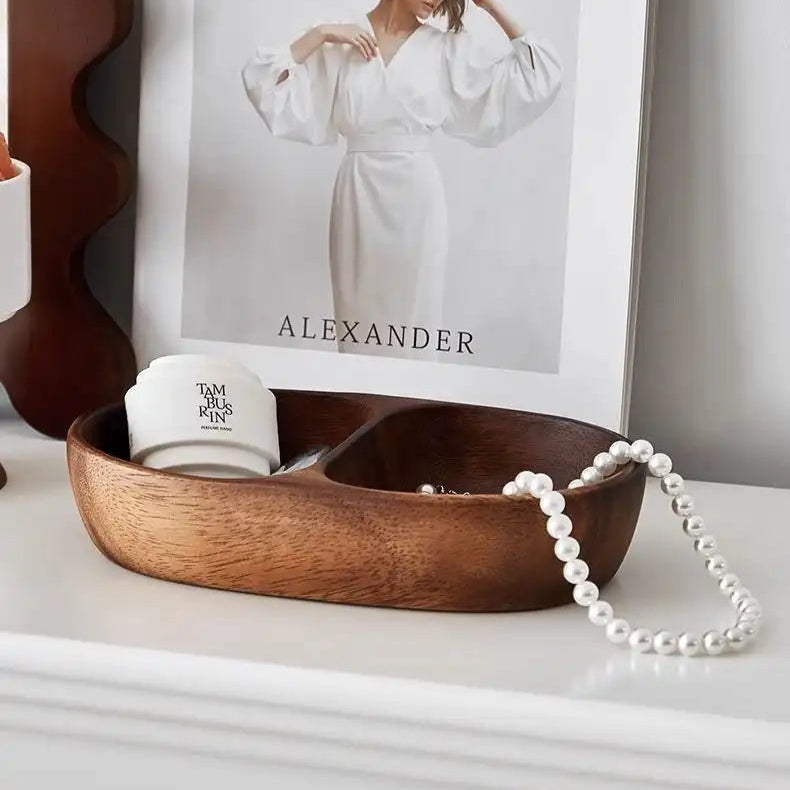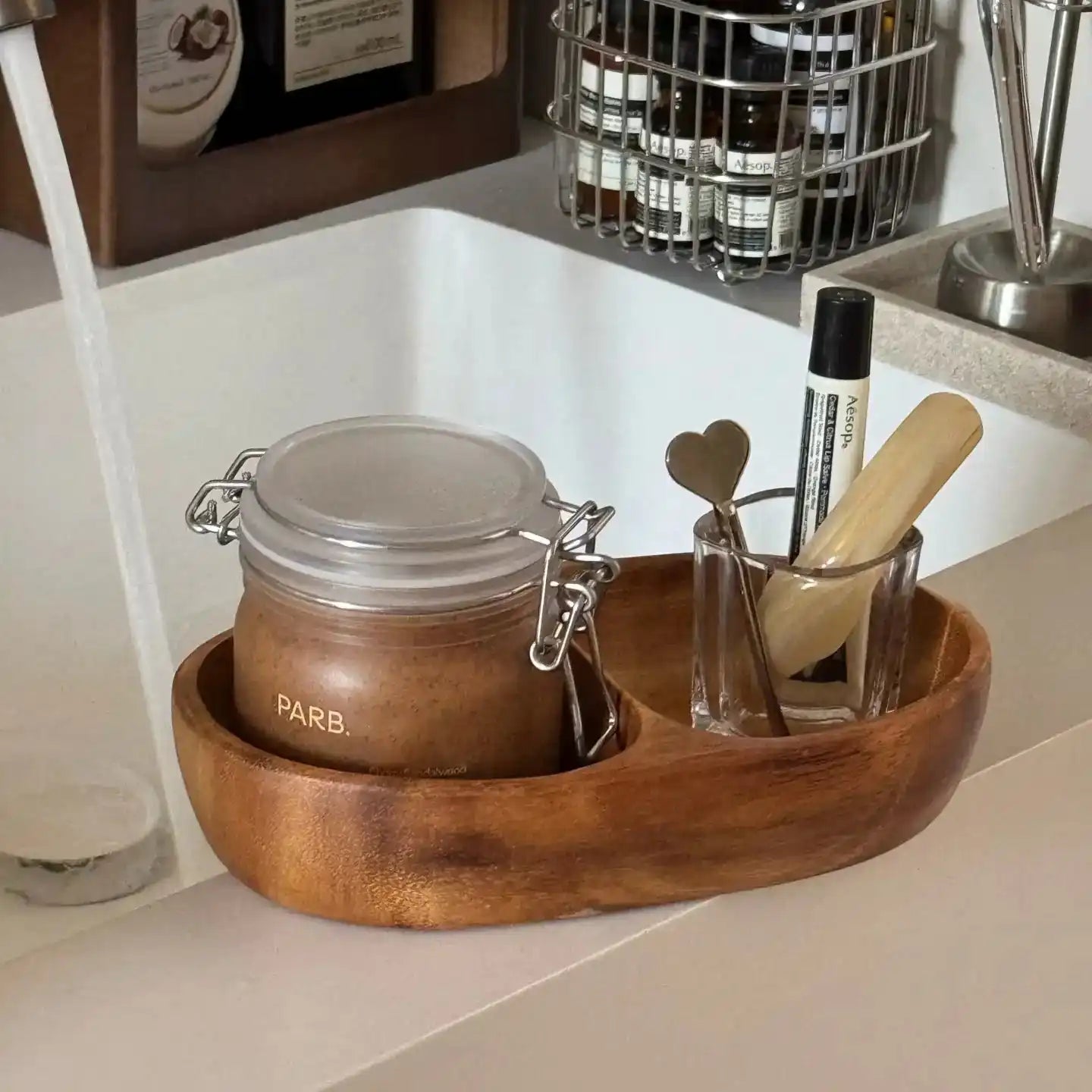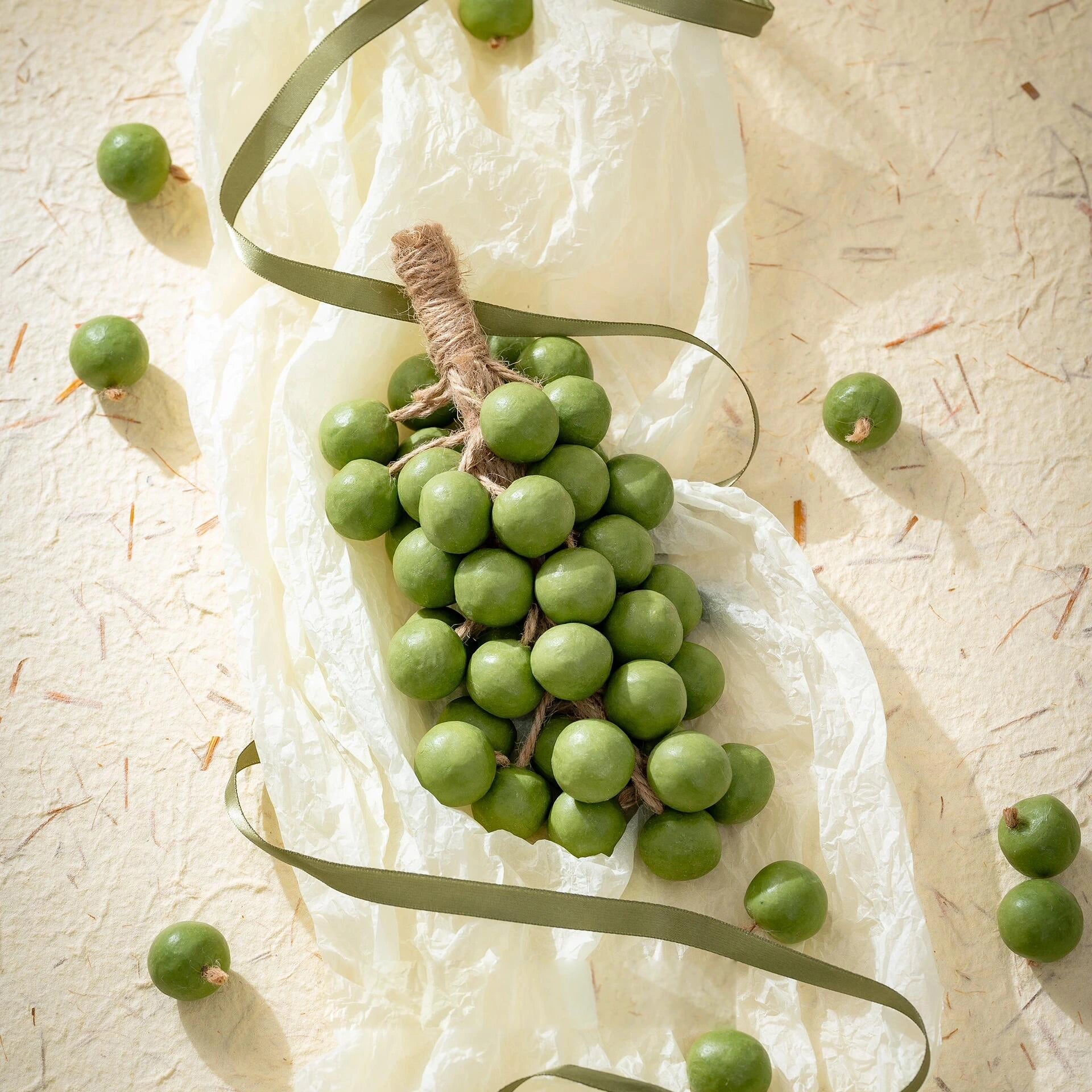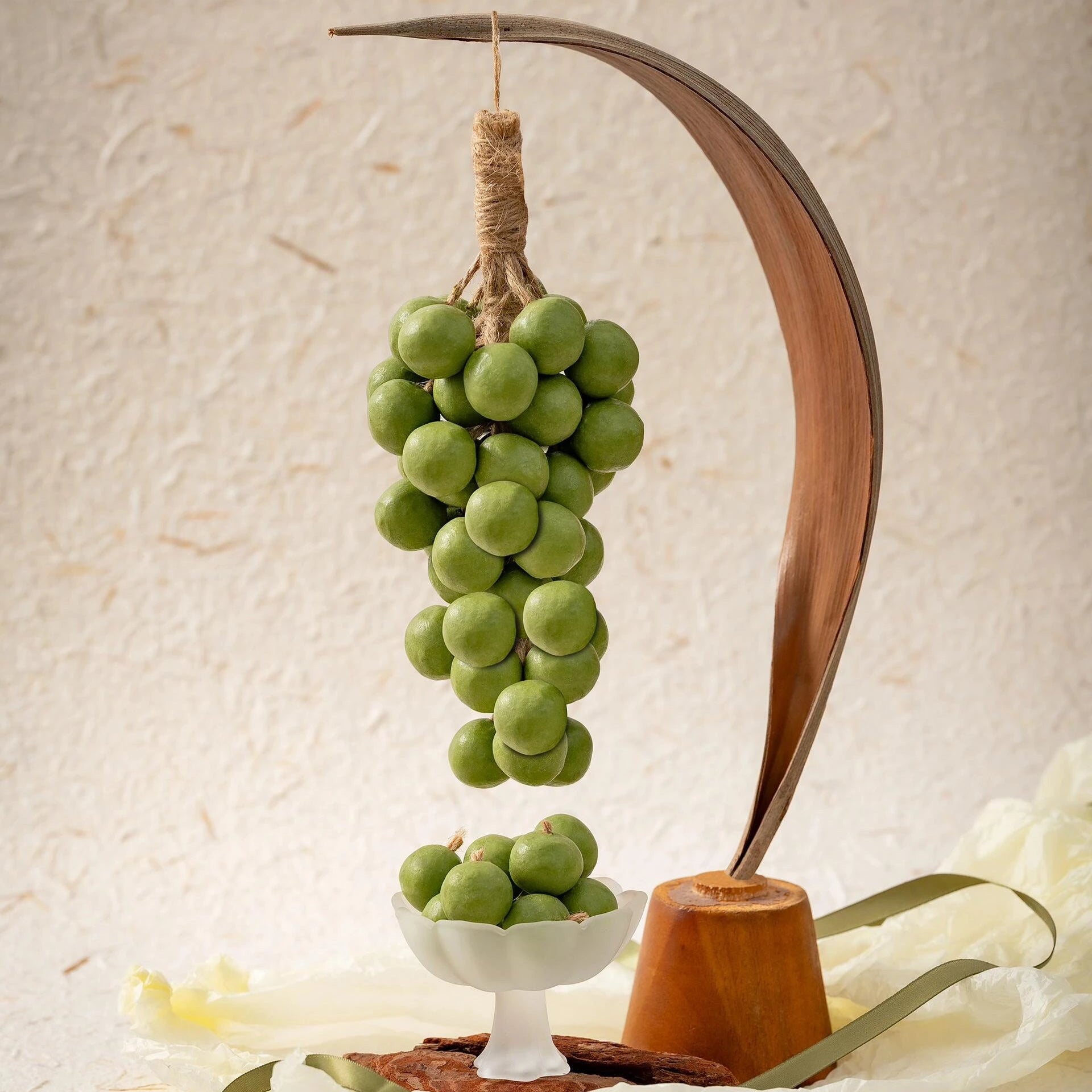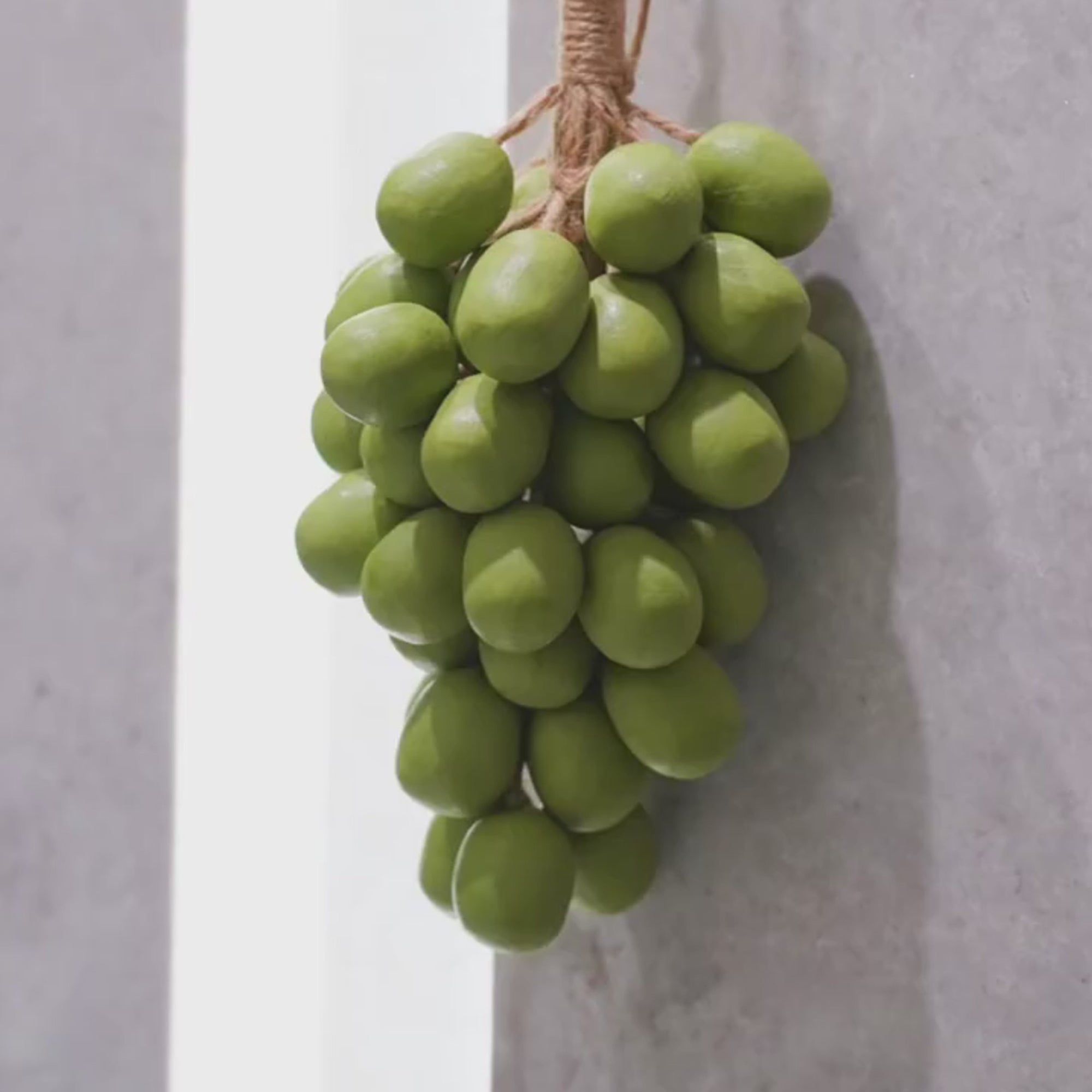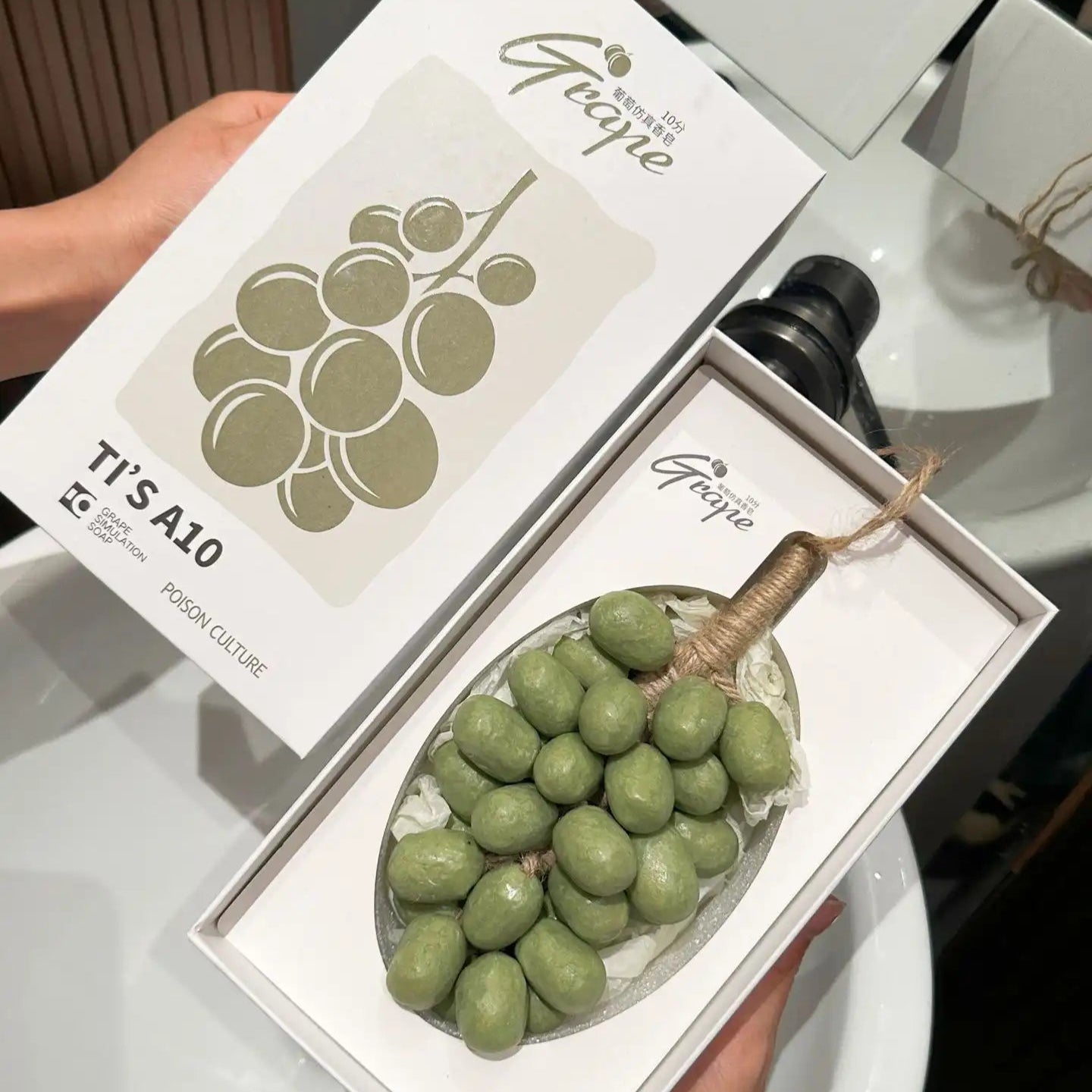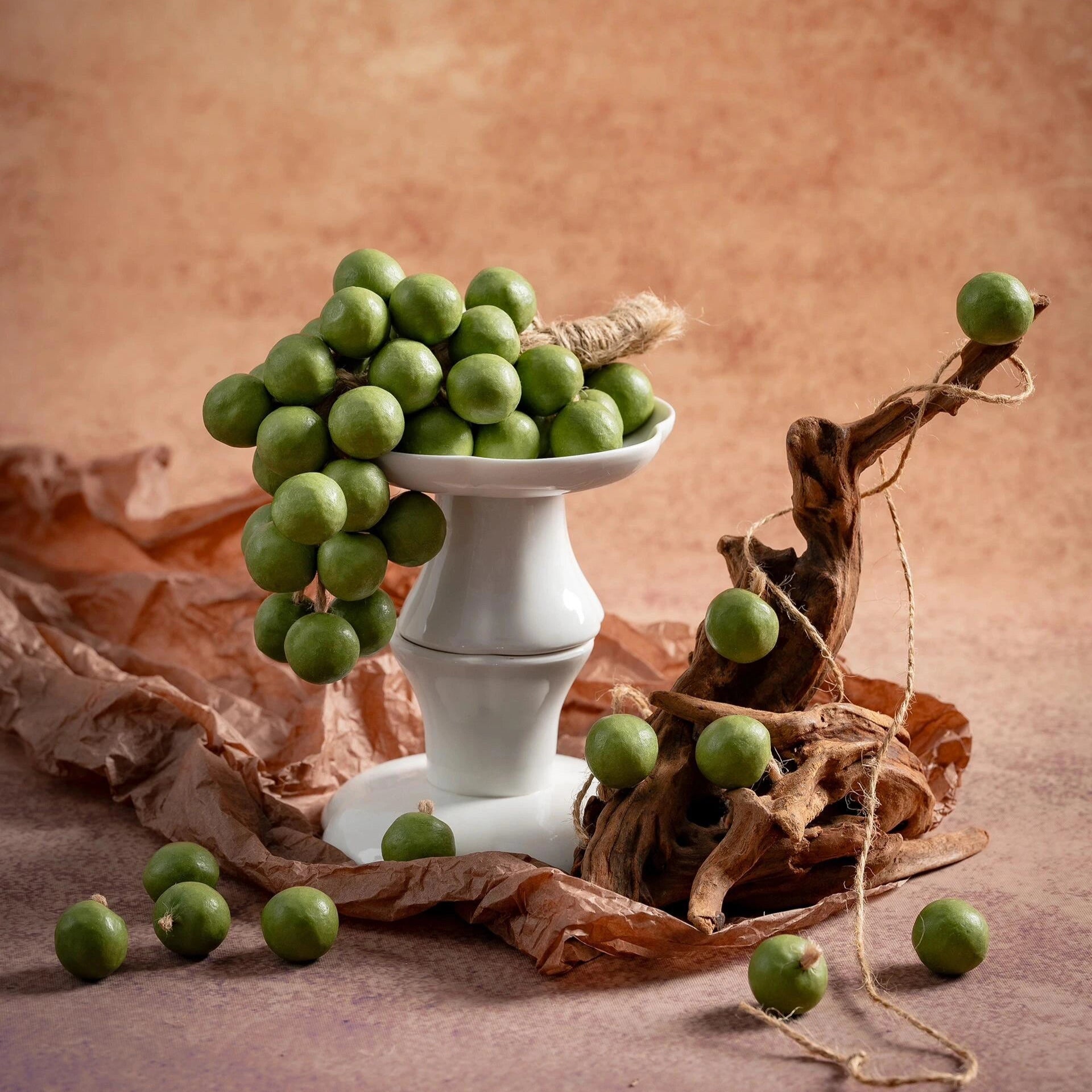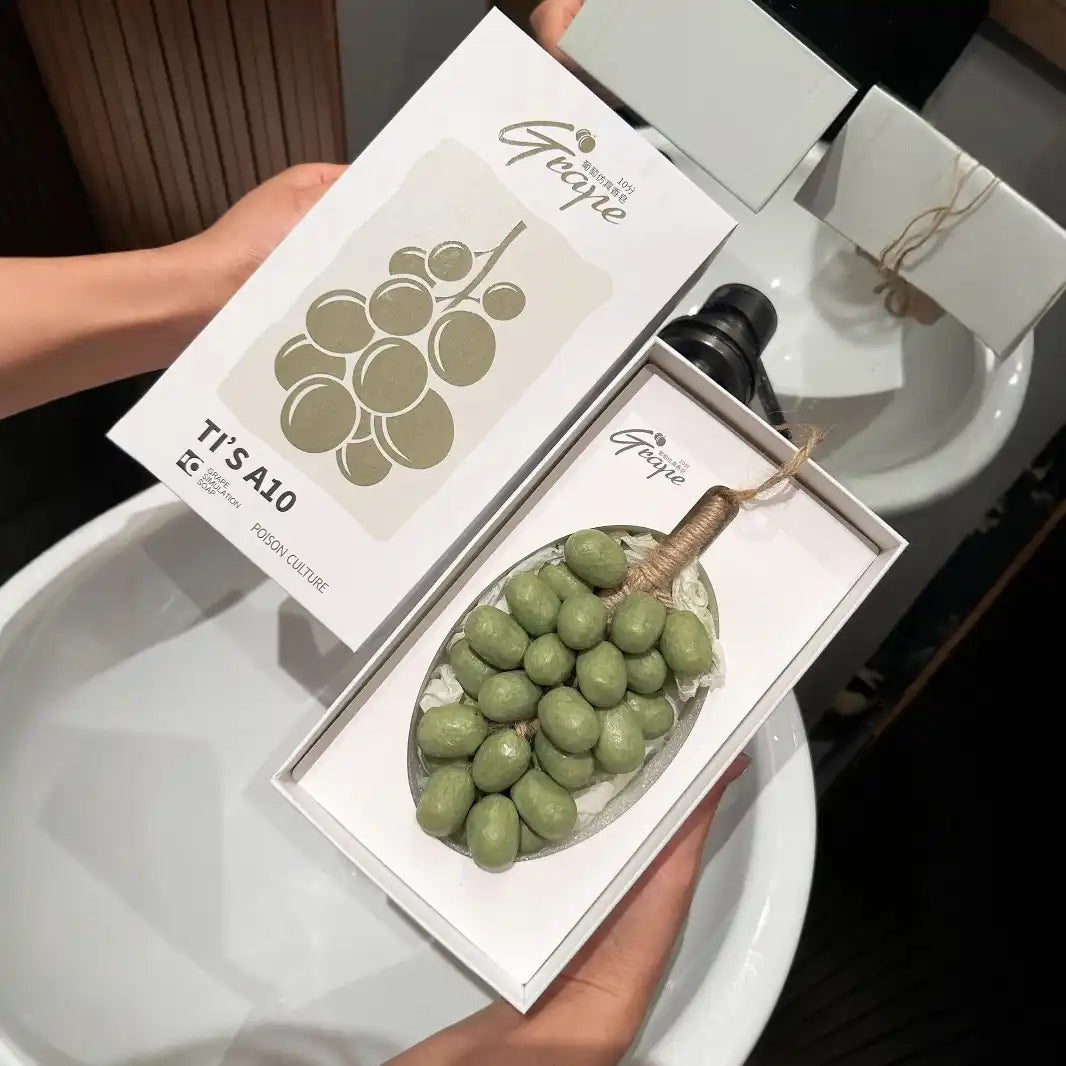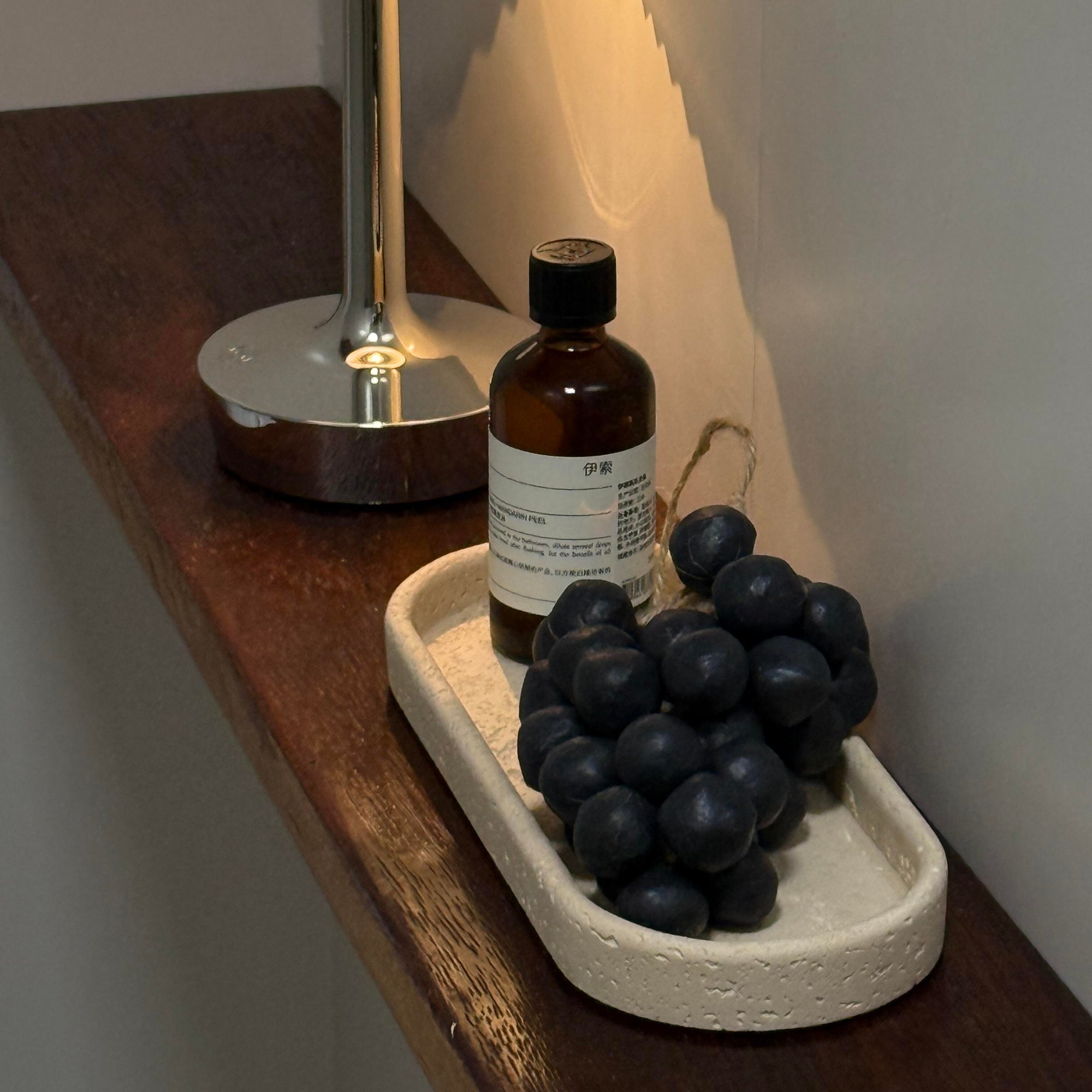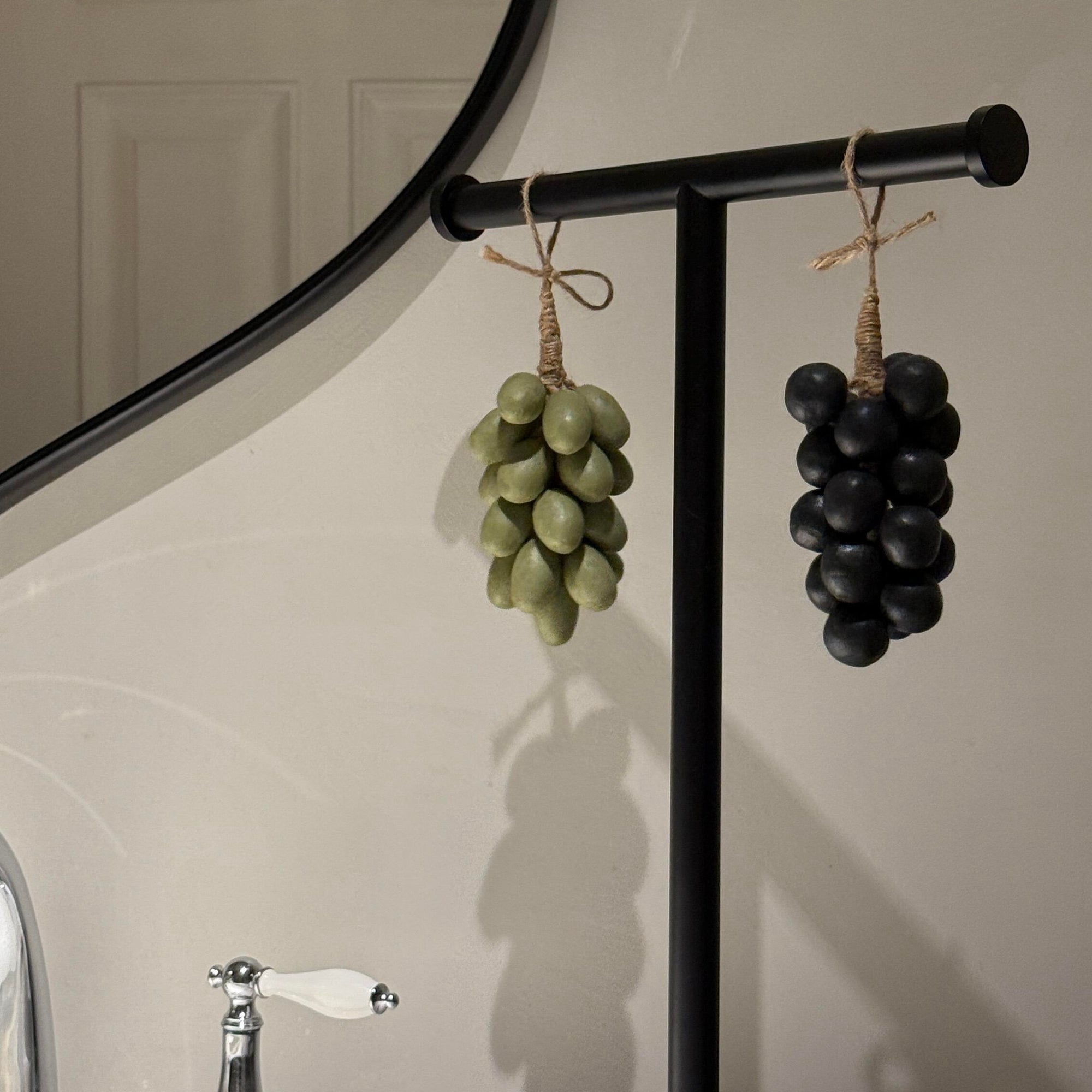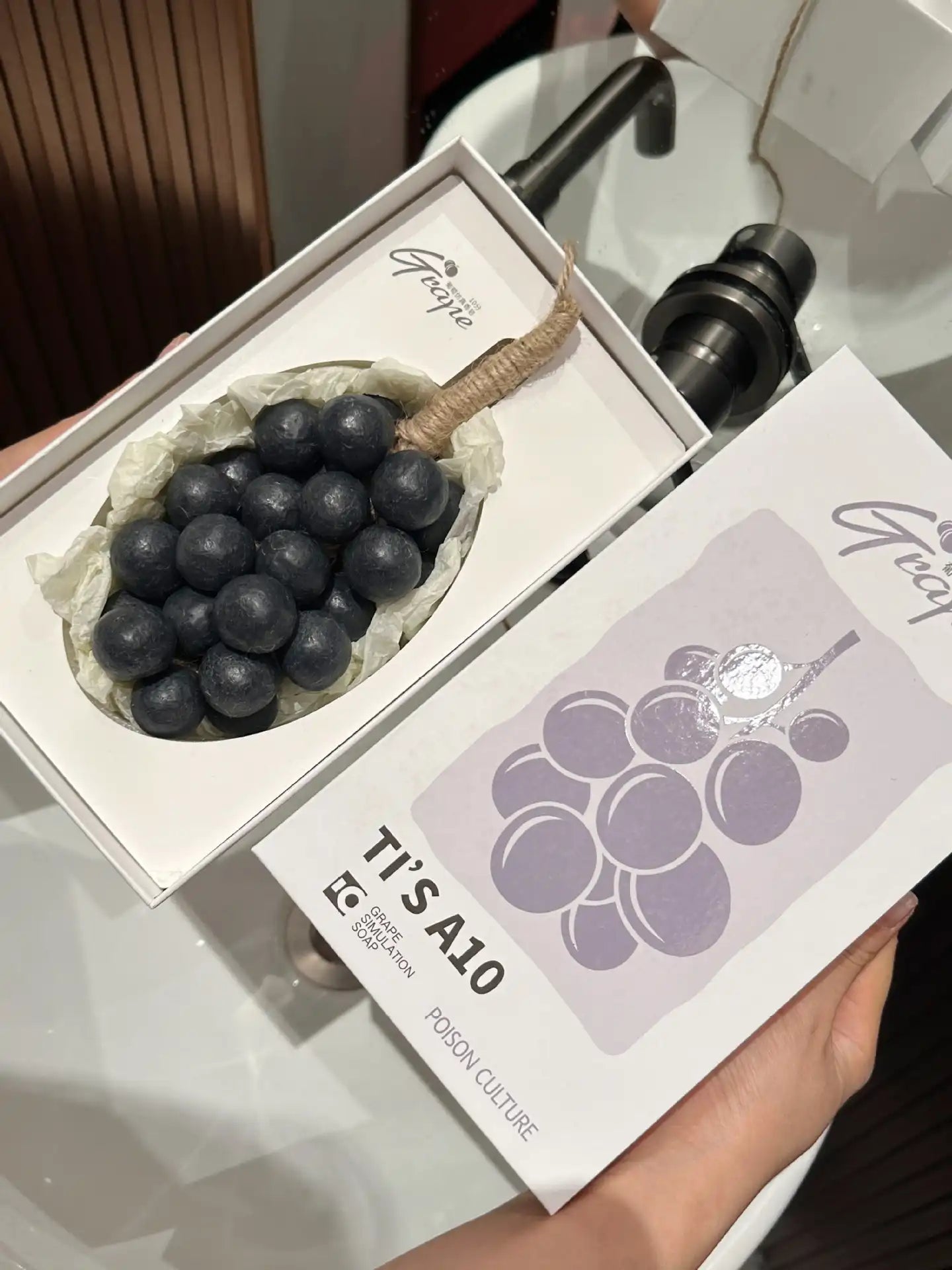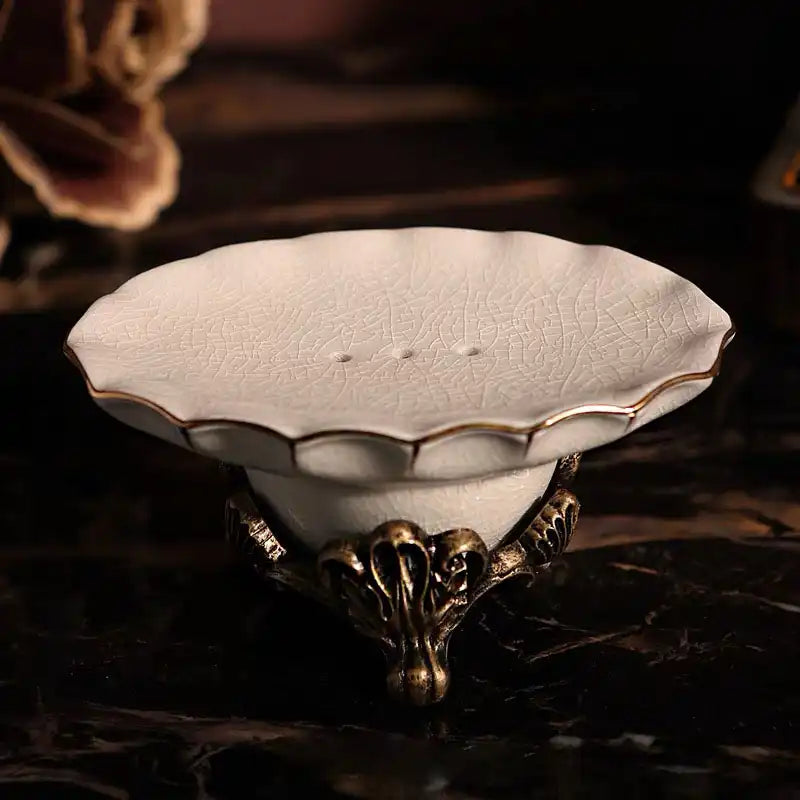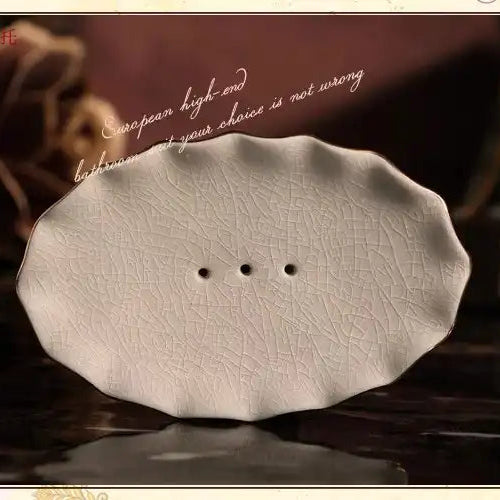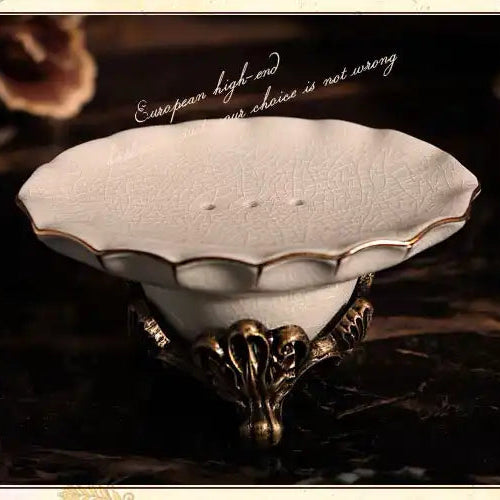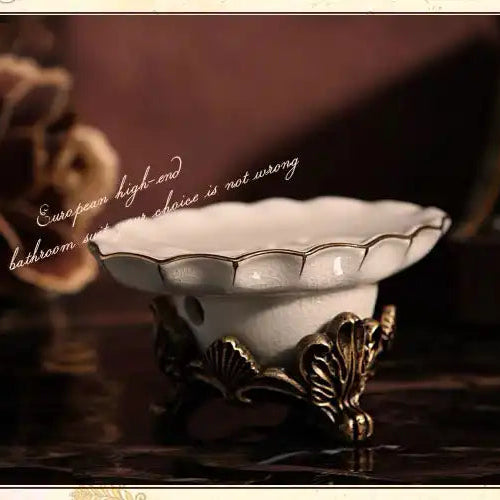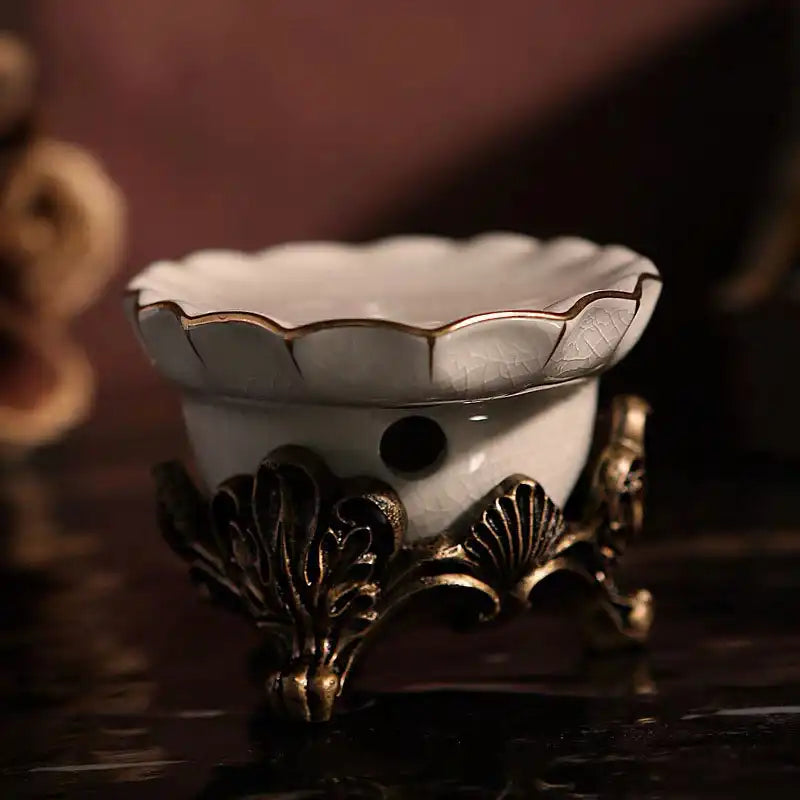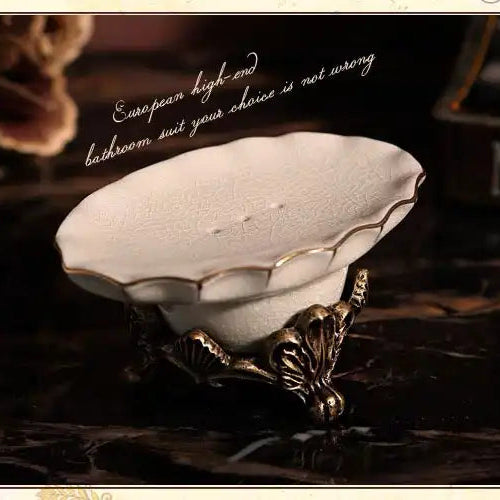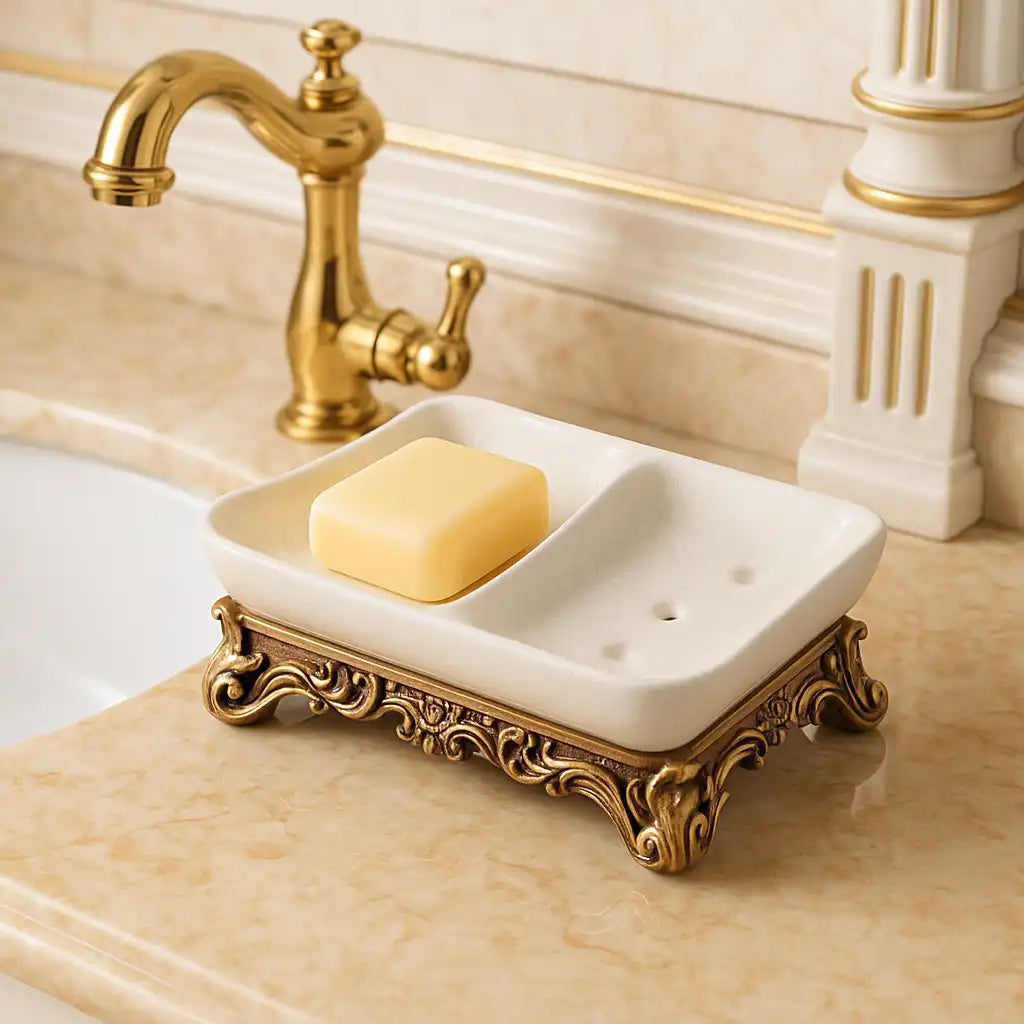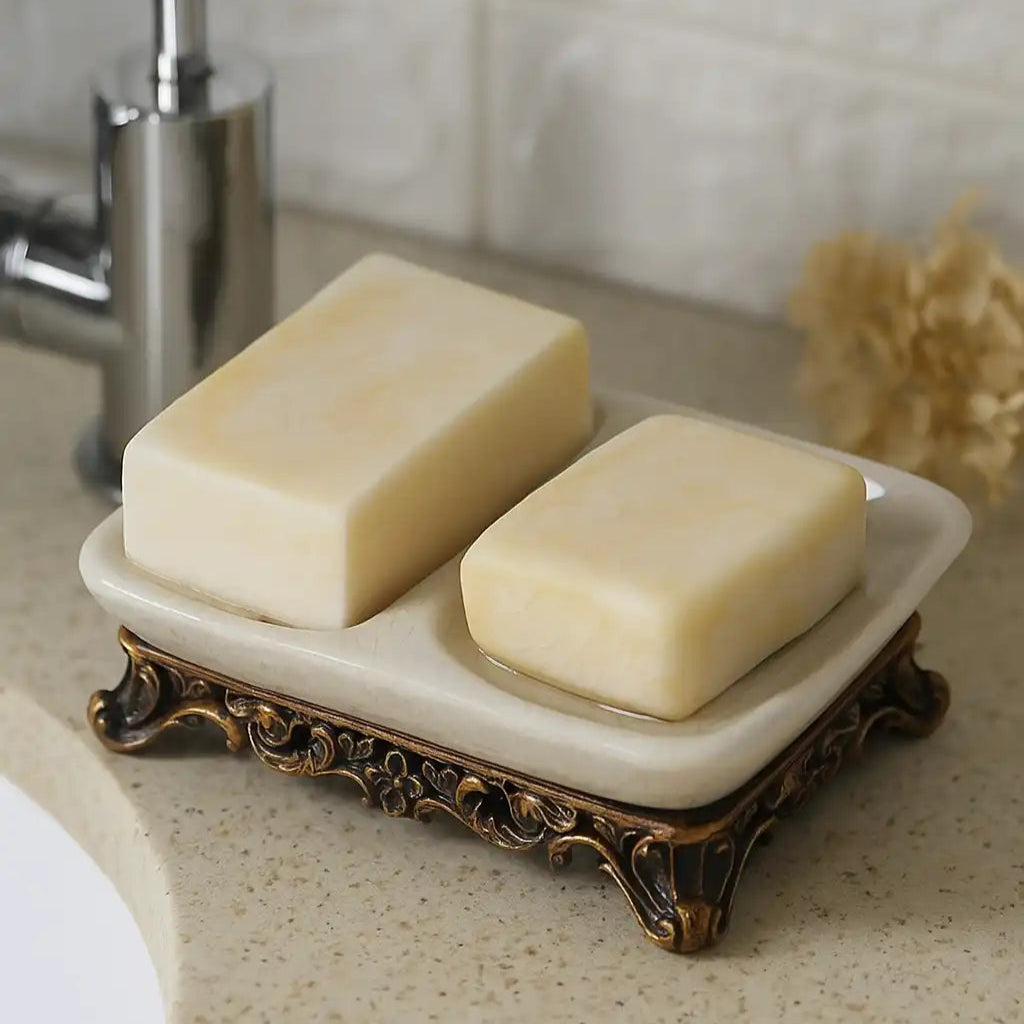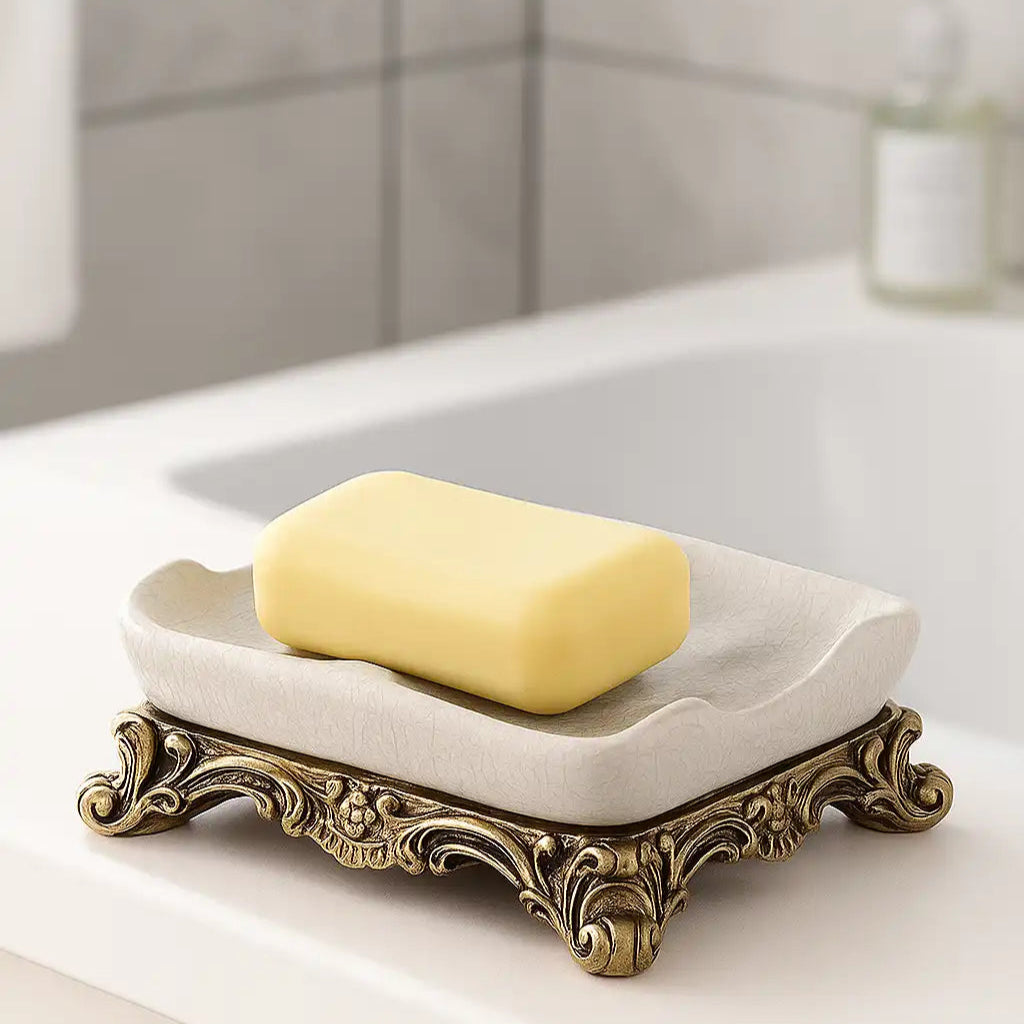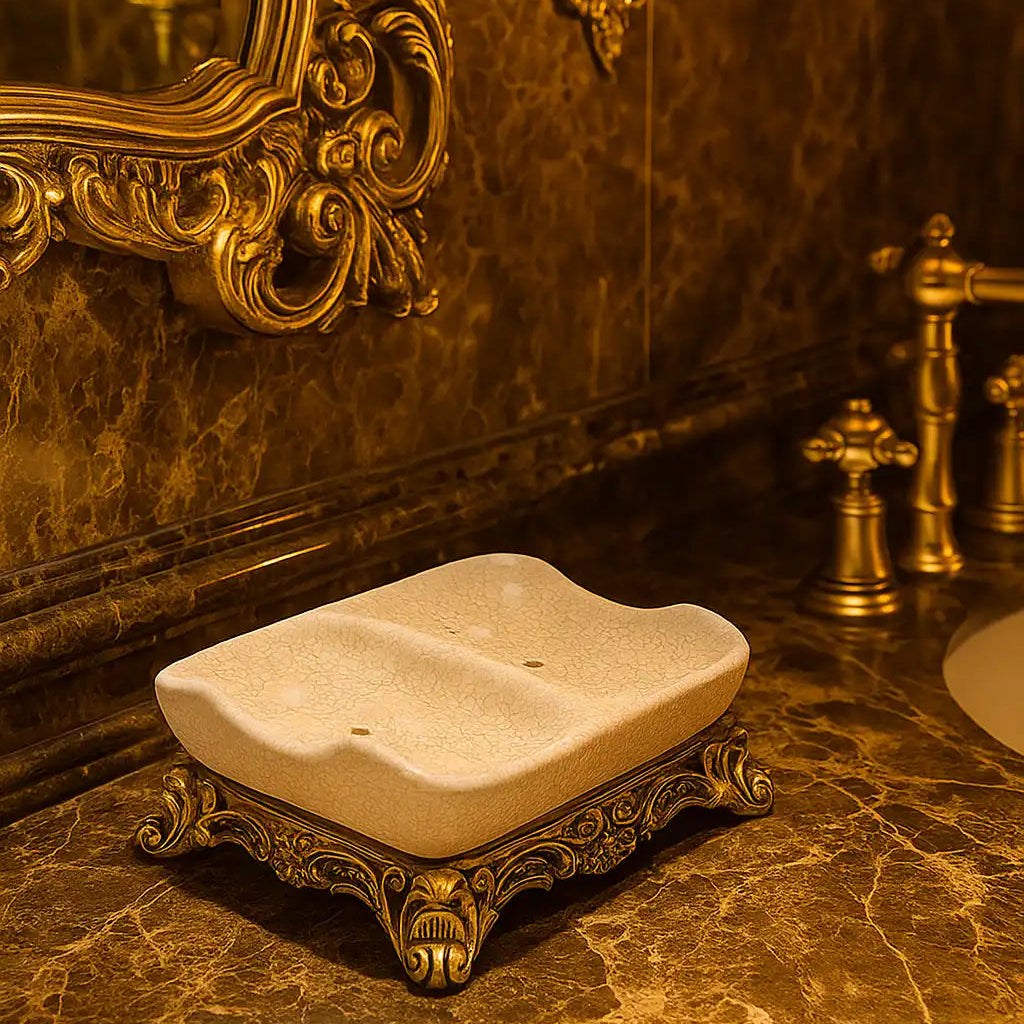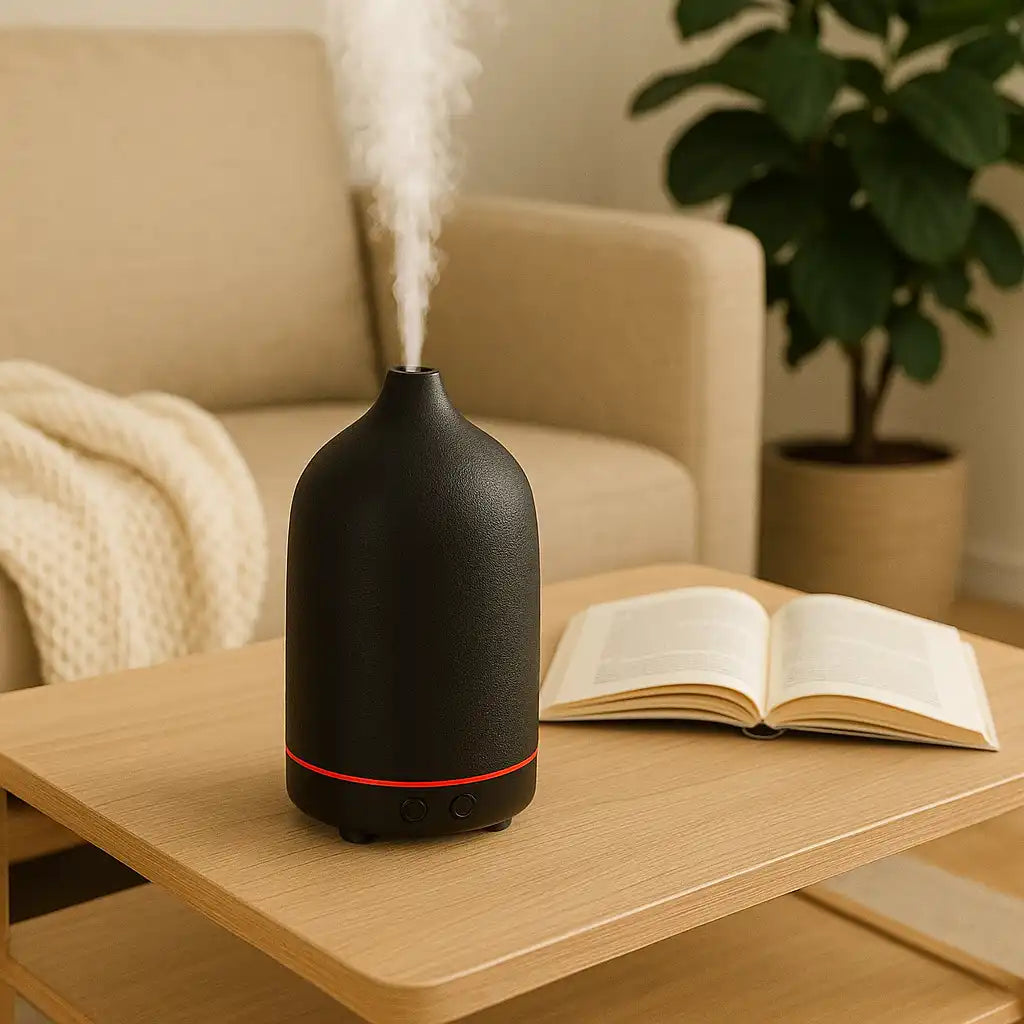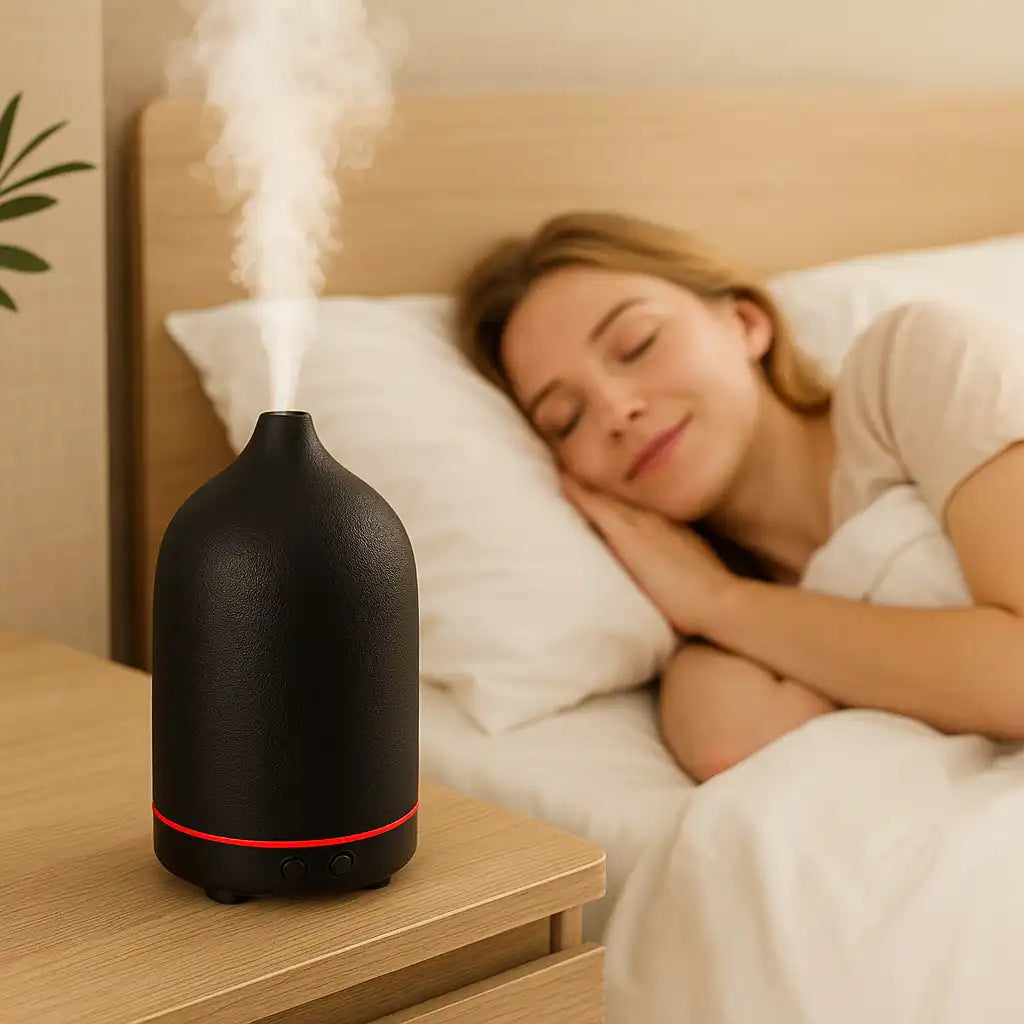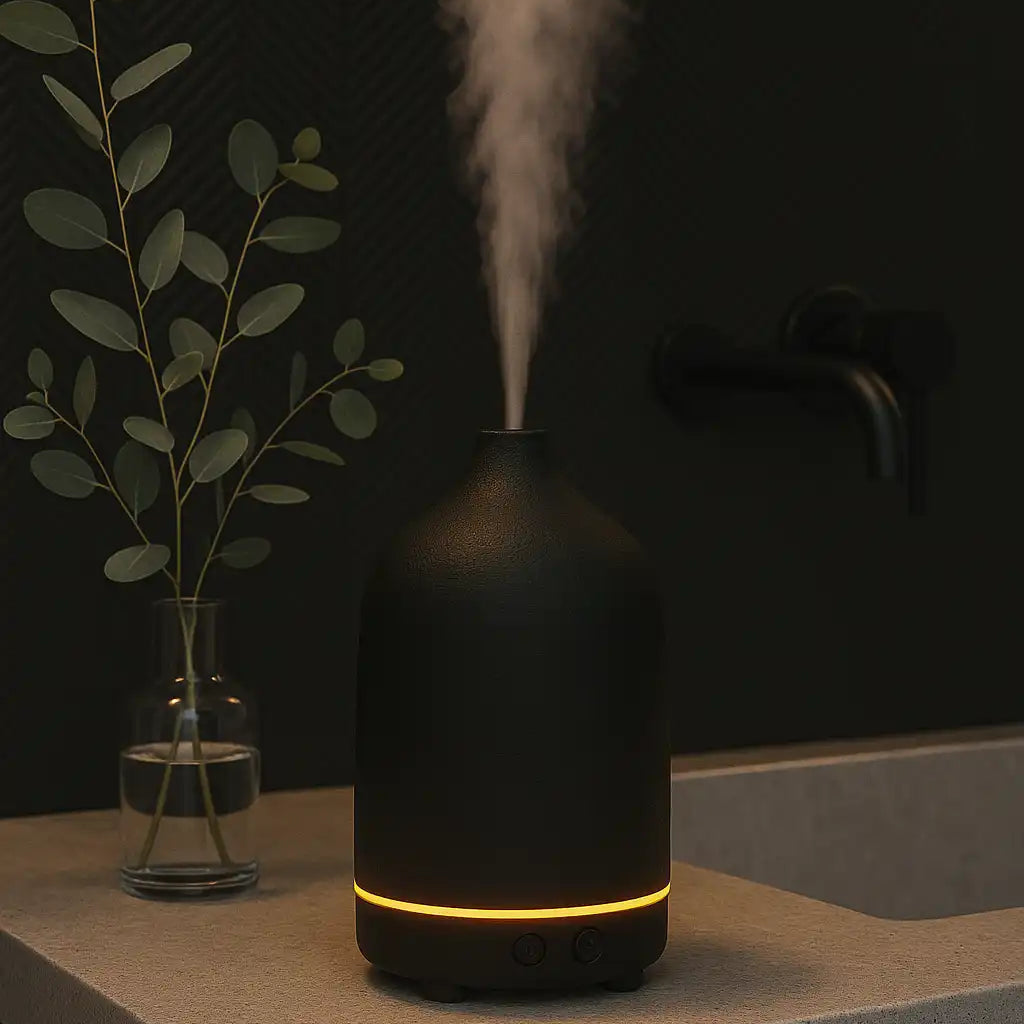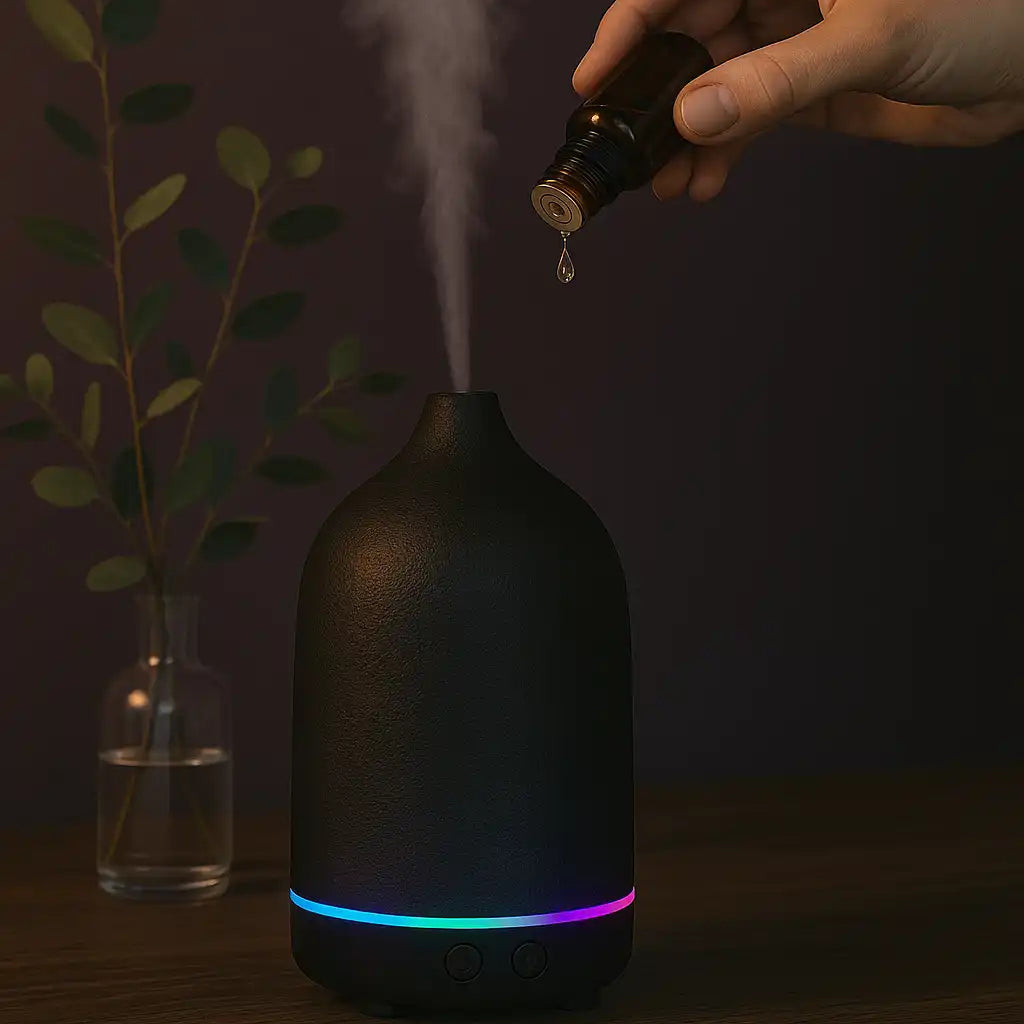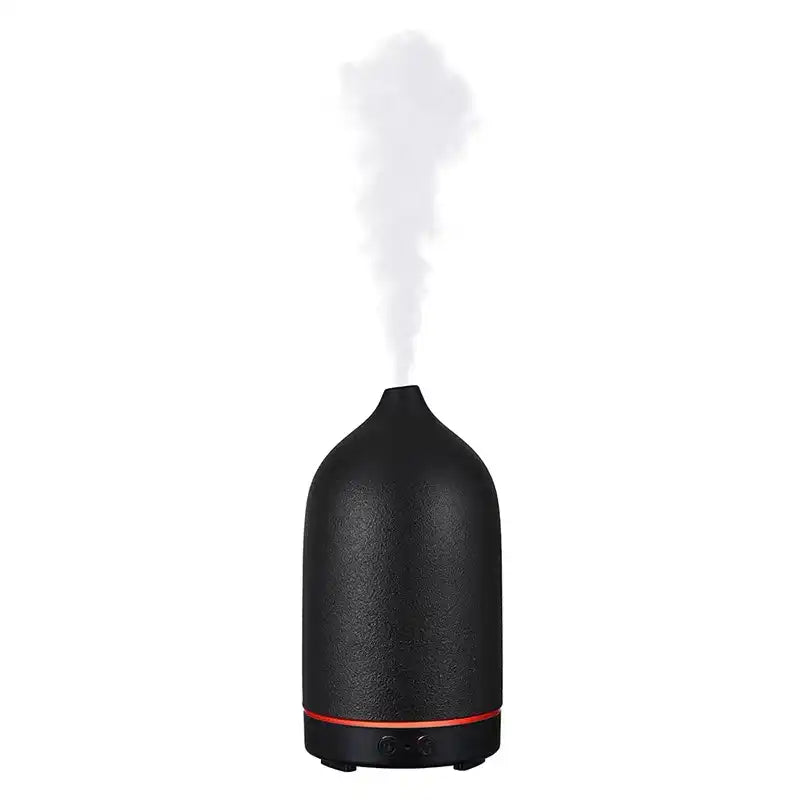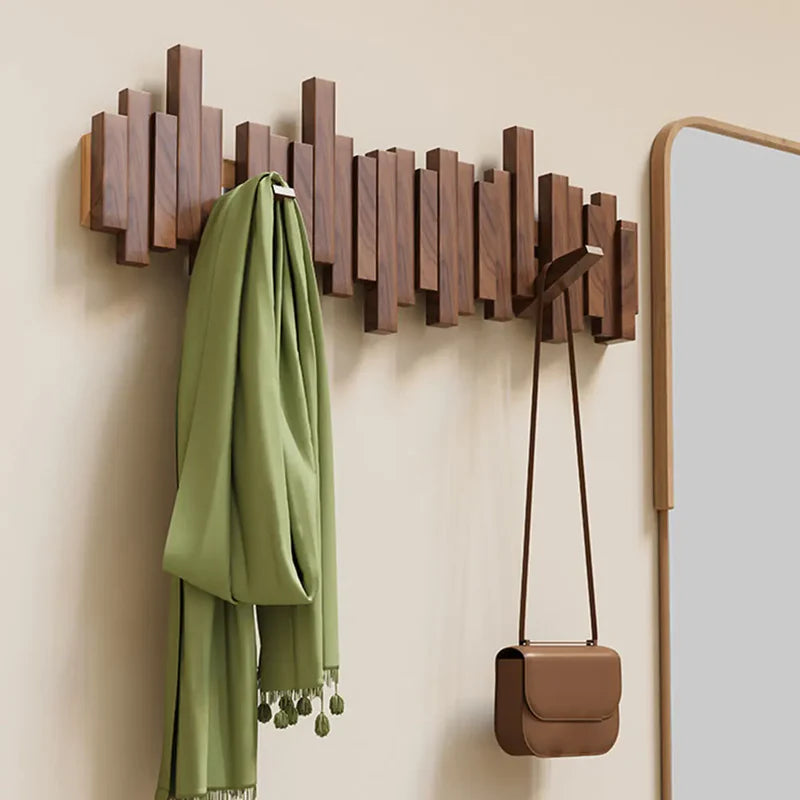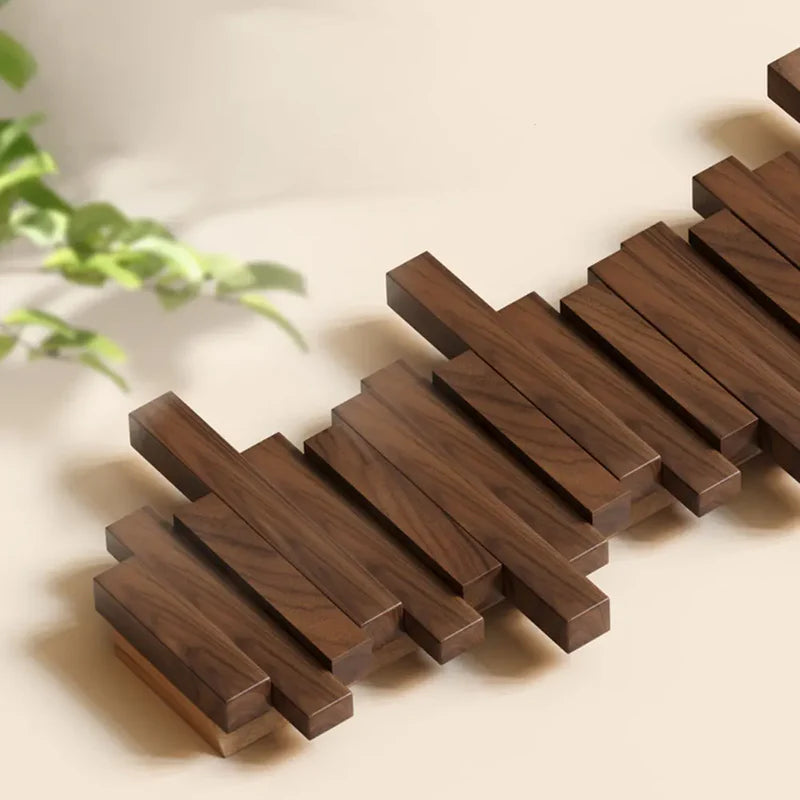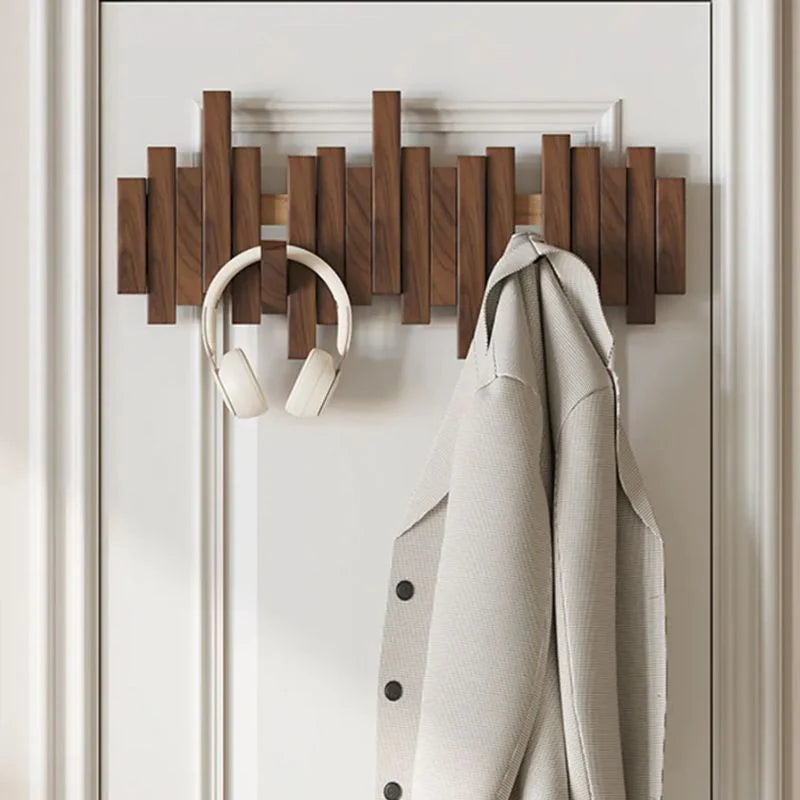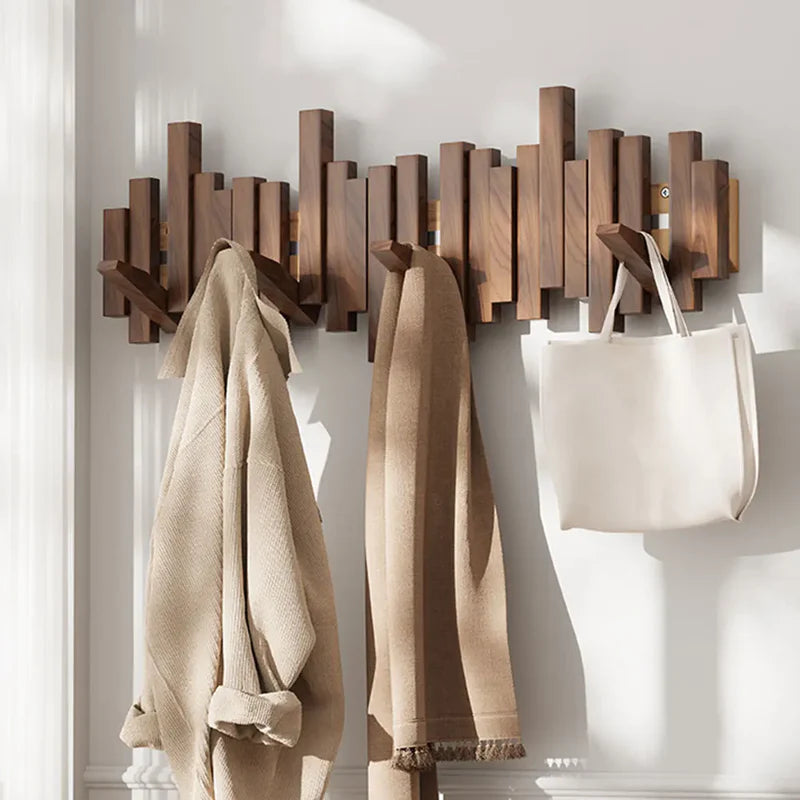The dirtiest thing in your bathroom, perhaps, is not the toilet—but that seemingly “fine-looking” loofah.
You may take a thorough bath every day, pick the right body lotion, scented shower gel, and soft towel. You may even replace your toothbrush regularly. But there's one essential hygiene detail you might be overlooking: how often should you replace your loofah?
We think we get it with a good rinse, but most of us scrub our bodies on the same loofah for months. The truth? In fact, those spongy scrubbers can hold millions of bacteria, dead skin cells and mold, from just a few uses. Knowing the frequency of changing your loofah is not just about smelling fresh, it is about health and hygiene of your skin.
Table of Contents:
- The Hidden Culprit Behind Itchy Skin and Clogged Pores
- How Often Should You Replace Your Loofah? (Natural vs. Synthetic)
- Signs It’s Time for a New Loofah
- How to Use Your Loofah the Right Way
- Loofah Care: Cleaning & Storage Tips for Longer Life
- Forgetful About Replacing? Try Smarter Alternatives
- Conclusion: Clean Skin Starts With Clean Tools
- FAQ
- Final Note
- Related Articles
1. The Hidden Culprit Behind Itchy Skin and Clogged Pores
If you’ve noticed unexplained body acne, dull skin, or itching after a shower, your loofah may be the culprit. Dermatologists have found that loofahs—especially natural fiber ones—create an ideal breeding ground for Pseudomonas and Staphylococcus bacteria. Warm, damp environments such as your shower allow these microorganisms to multiply rapidly.
In a 2023 hygiene study from the American Academy of Dermatology, over 60% of used loofahs tested positive for bacterial contamination within one week of use. That means your exfoliating routine might be doing more harm than good if your loofah isn’t replaced regularly.

2. How Often Should You Replace Your Loofah? (Natural vs. Synthetic)
So, how often should you change your loofah? The answer depends on the material:
| Type of Loofah | Recommended Replacement | Notes |
|---|---|---|
| Natural Loofah (Plant-Based) | Every 3–4 weeks | Made from fibrous gourd, excellent exfoliation but absorbs water easily and dries slowly—ideal for bacteria growth. |
| Synthetic Mesh or Plastic Loofah | Every 6–8 weeks | More durable and quick-drying, but still prone to residue buildup and odor over time. |
| Silicone Loofah / Brush | Every 3–6 months | Non-porous and hygienic; a good long-term alternative with minimal bacterial risk. |
If you store your loofah in a humid shower, shorten these timeframes by half. Proper ventilation extends its lifespan. And while you’re optimizing your shower routine, don’t miss this guide on to protect your skin from over-washing.
3. Signs It’s Time for a New Loofah
Even if you haven’t hit the recommended time limit, certain warning signs indicate your loofah has reached its end:
-
Unpleasant odor even after rinsing
-
Discoloration or dark spots (mold growth)
-
Slimy or sticky texture
-
Flattened or rough fibers
-
Increased skin irritation or itchiness
If you notice any of the above, replace immediately. Your skin’s microbiome is delicate—regular replacement prevents inflammation and helps maintain smooth, healthy skin.

4. How to Use Your Loofah the Right Way
Though not yet up to the recommended time limit, there are signs that your loofah may have lived long enough:
-
Soak and soften: Wet the loofah with warm water before applying body wash.
-
Gentle circular motion: Focus on elbows, knees, and rough areas; avoid broken or sensitive skin.
-
Rinse thoroughly: Remove all soap residue after each use.
-
Dry completely: Hang in a well-ventilated area outside the shower to prevent moisture buildup.
And if you prefer thoughtful, skin-friendly ingredients, learn more about .
Avoid sharing your loofah—even within family. It’s a personal hygiene tool, not a communal one.
5. Loofah Care: Cleaning & Storage Tips for Longer Life
Even with regular replacement, how you care for your loofah matters. Proper cleaning and storage can slow bacterial buildup and help your skin stay healthier between changes.
Clean It Weekly
After each use, rinse your loofah thoroughly to remove soap, oil, and dead skin cells. Once a week, take a few extra minutes to deep-clean it:
-
For synthetic mesh loofahs: Soak in warm, soapy water with a splash of white vinegar (about 1 part vinegar to 3 parts water) for 5–10 minutes. This helps reduce surface bacteria without damaging the fibers.
-
For natural loofahs: Use hot water and a mild antibacterial soap instead. Natural fibers are highly absorbent, so avoid soaking them in vinegar, which can leave moisture trapped inside.
-
Optional: Add a small amount of tea tree oil to your rinse for extra antibacterial power.
Always rinse thoroughly afterward to remove any residue.
Dry It the Right Way
Bacteria thrive in damp, enclosed spaces. After cleaning:
-
Squeeze out excess water and shake gently.
-
Hang your loofah in a well-ventilated, sunlit area—not inside a closed shower caddy or behind the curtain.
-
If possible, alternate between two loofahs to give each one a full day to dry.
Routine care won’t make your loofah immortal, but it will make those weeks of use healthier.

6. Forgetful About Replacing? Try Smarter Alternatives
If you often forget to replace your loofah, you’re not alone. Luckily, there are modern alternatives that balance exfoliation with hygiene.
| Alternative | Pros | Cons |
|---|---|---|
| Silicone Scrubber | Long-lasting, antibacterial, quick-drying | Less intense exfoliation |
| Exfoliating Gloves | Excellent control, easy to wash | Needs frequent laundering |
| Soft Washcloth | Gentle for sensitive skin | Requires daily washing and drying |
| Exfoliating Body Brush | Deep cleansing, ergonomic | Bulky to store, must dry thoroughly |
Many dermatologists now recommend silicone scrubbers as the most hygienic choice—they’re easy to sanitize, last longer, and are perfect for minimalist shower setups.
7. Conclusion: Clean Skin Starts With Clean Tools
Your luffa does not look that dangerous, yet if you do not maintain it, you will ruin all your skin care. Changing your loofah every now and then and caring your loofah properly is a simple hygiene habit with a big impact.
It doesn't only rely on your cleanser to achieve healthy skin, but also on how clean your tools are. Enjoy a refreshing shower every day: Start afresh, replace it often!
Q1. Can I use a loofah on my face?
Q2. Can I wash my loofah in the washing machine?
Q3: Are natural loofahs biodegradable?
Q4. Is a silicone loofah better than a traditional one?
Q5. Should I use a loofah every day?
Your loofah isn’t just a shower accessory—it’s part of your skin health routine. Replace it often, clean it right, and consider smarter tools designed for modern hygiene.
How to Use Shower Steamers for a Spa-Like Experience at Home
Bath Water Temperature Guide: Safe, Comfortable & Ideal Settings for Every Age Group
What is a Shower Steamer: The 5 Minute Spa Secret Weapon You Didn't Know About
Kids Shower 101: When to Help, When to Step Back, and How to Make Bath Time a Breeze


